
Crab
What kind of animal is Crab?
Crustaceans are animals that have a hard exoskeleton, jointed legs, and gills for breathing in water.
They have five pairs of legs, with the first pair having large pinching claws.
Crabs can be found in different habitats, such as the ocean, fresh water, and even on land.
Some crabs are very small, while others are very large.
They are also eaten by humans as food.
Some interesting facts about crabs are:
Some crabs can climb trees, such as the robber crab, which is the world’s largest land invertebrate.
They can live in the desert and survive for years without water, such as the inland crab.
Сrabs can chisel into coconuts to eat the flesh, such as the coconut crab.
Some crabs can swim with their last pair of legs, which are shaped like paddles.
They can carry millions of eggs on their body, such as the blue crab.
Example of the color palette for the image of Crab
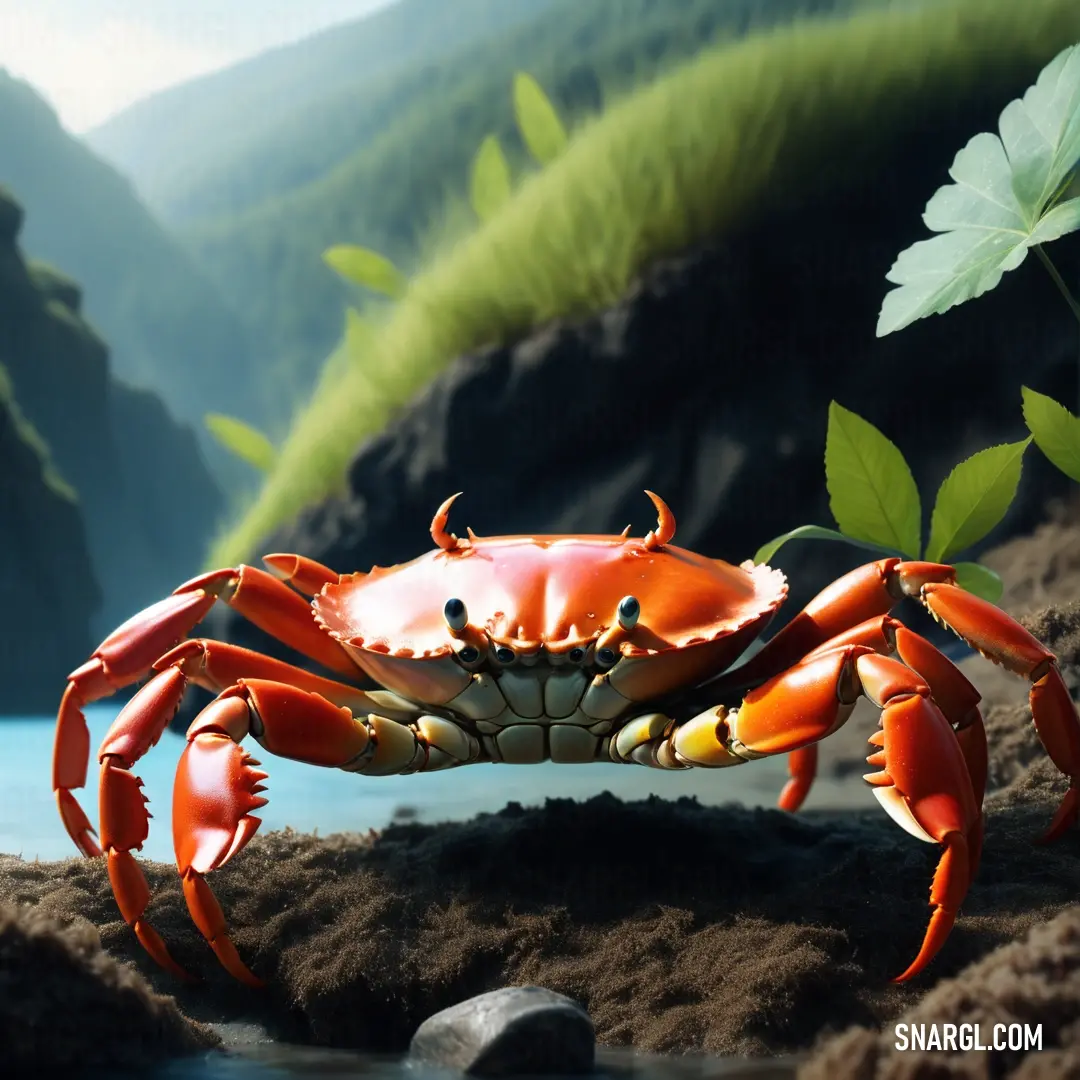
See these colors in NCS, PANTONE, RAL palettes...
What is the animal Crab known for?
Example of the color palette for the image of Crab
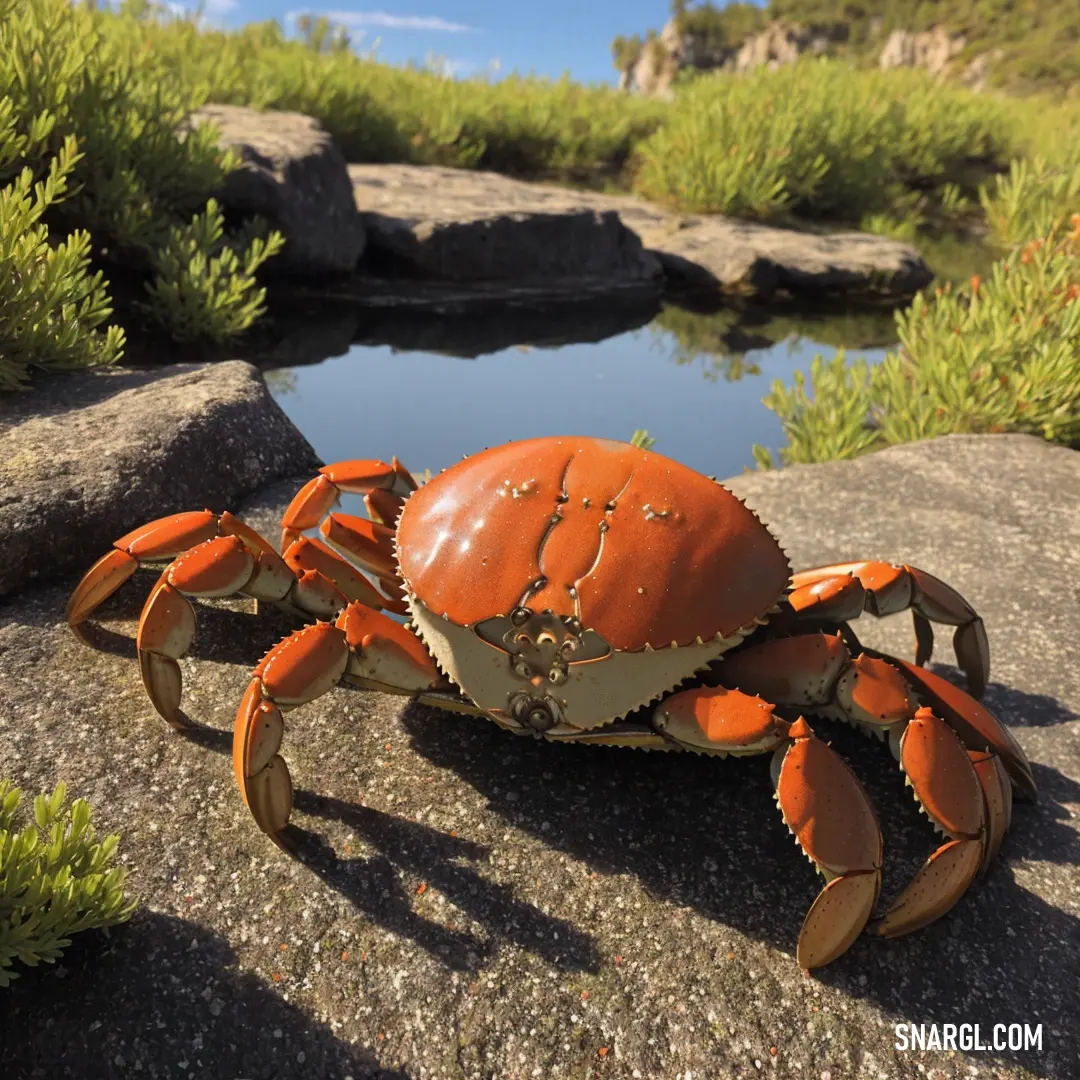
See these colors in NCS, PANTONE, RAL palettes...
Where does the Crab live?
Crabs can live in different types of habitats, depending on their species.
Some of the main habitats where crabs can be found are:
Saltwater: Crabs are most commonly associated with saltwater habitats, which include oceans, seas, and estuaries.
They can be found in a wide range of depths, from shallow tidepools to deep ocean trenches.
Some examples of saltwater crabs are the Dungeness crab, the Japanese spider crab, and the Sally lightfoot crab.Freshwater: While less common than saltwater crabs, there are still several species of freshwater crabs.
They live in rivers, lakes, streams, ponds, and swamps.
Freshwater crabs often have adaptations to cope with low oxygen levels, such as gills that can breathe air or lungs that can breathe water.
Some examples of freshwater crabs are the red-clawed crab, the vampire crab, and the Thai devil crab.Brackish water: As mentioned earlier, some species of crabs prefer brackish water environments, which are a mixture of saltwater and freshwater.
These crabs can tolerate fluctuations in salinity and temperature, which makes them adaptable to changing conditions.
Some examples of brackish water crabs are the blue crab, the mud crab, and the fiddler crab.Land: Some crabs have evolved to live on land, sometimes several miles from water.
These crabs usually have moist gills that can breathe air, or lungs that can breathe both air and water.
They also have special adaptations to prevent water loss, such as a hard exoskeleton or a waxy coating.
Some examples of land crabs are the coconut crab, the yellow land crab, and the hermit crab.
Example of the color palette for the image of Crab
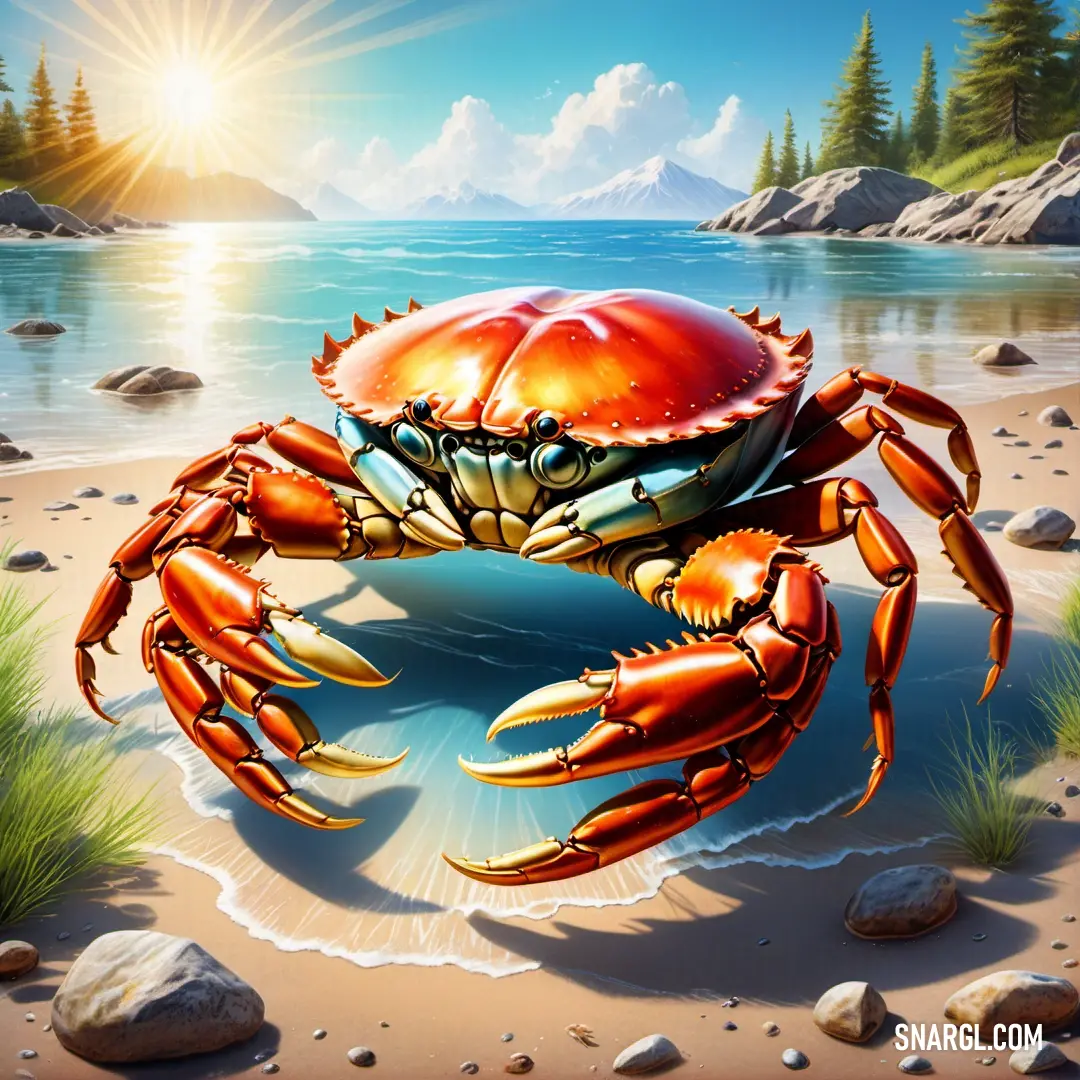
See these colors in NCS, PANTONE, RAL palettes...
What does the Crab look like?
A crab is a type of crustacean, which is an animal with a hard shell and many legs.
Crabs have a short, wide body, a pair of large claws, and four pairs of walking legs.
They also have two pairs of antennae and a small tail that is usually folded under their body.
Crabs come in many shapes, sizes, and colors, depending on the species and the environment they live in.
Some crabs are very small, while others can have a leg span of several meters.
Some crabs live in the ocean, some in fresh water, and some on land.
Crabs are often omnivorous, meaning they eat both plants and animals.
Crabs are very adaptable and can be found all over the world.
Example of the color palette for the image of Crab
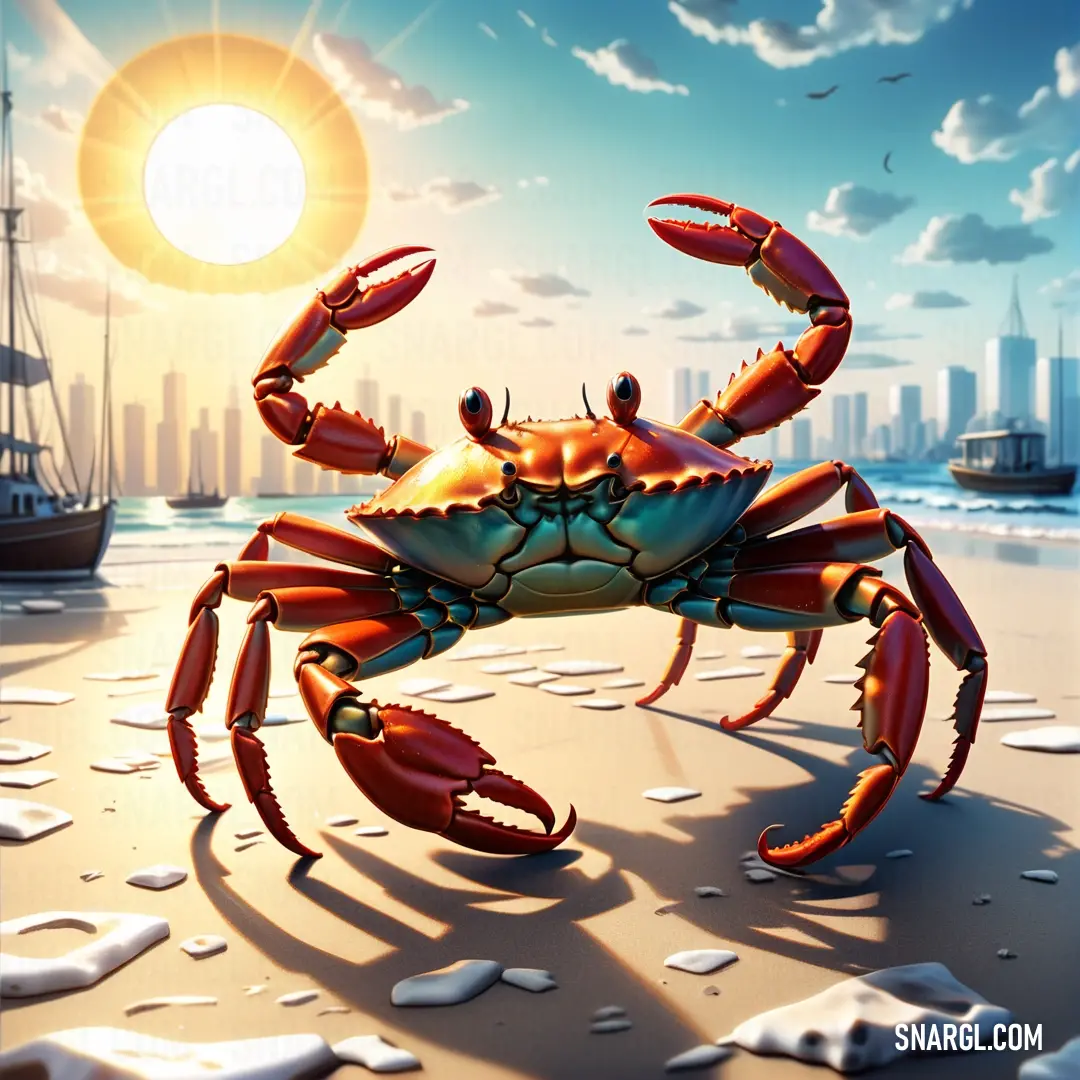
See these colors in NCS, PANTONE, RAL palettes...

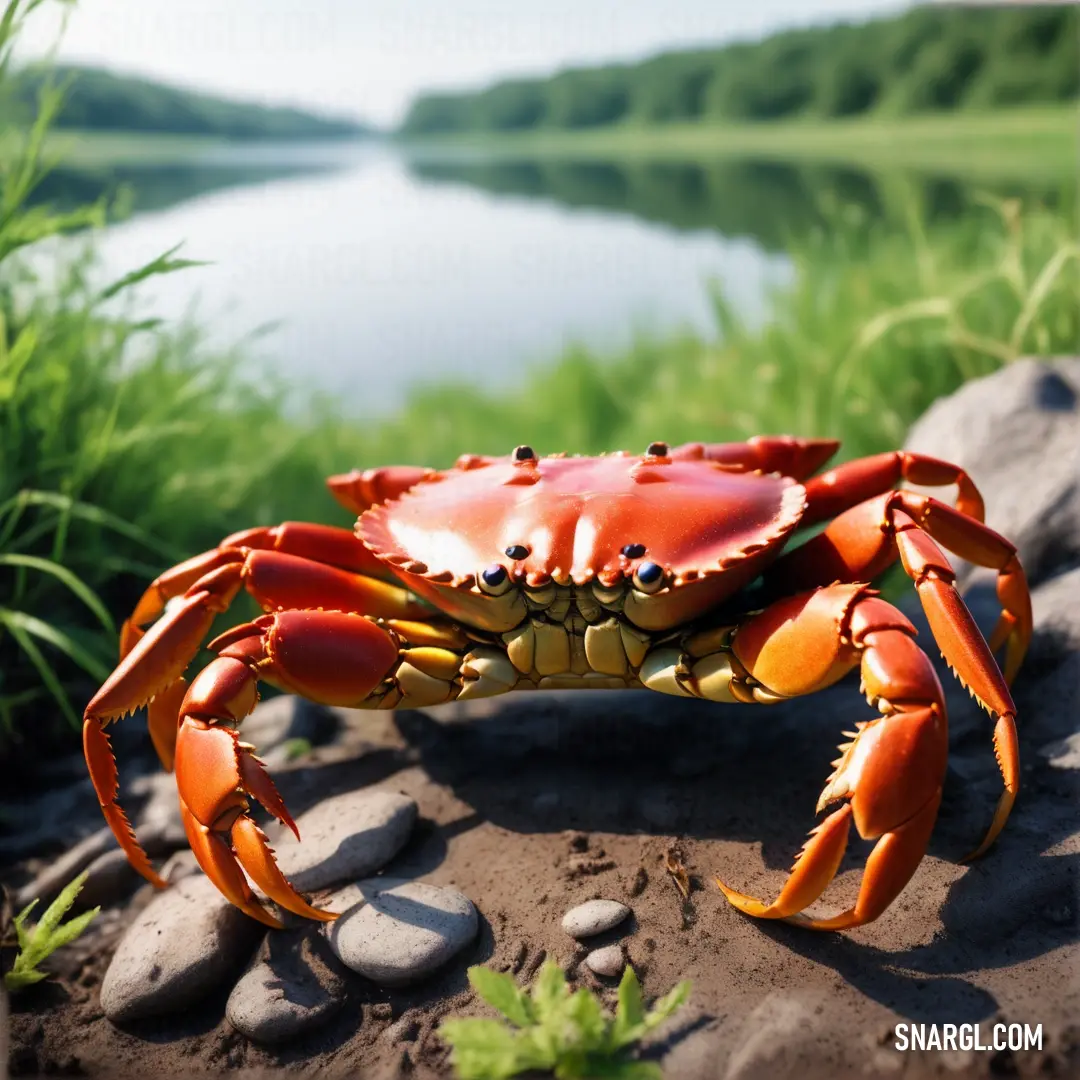
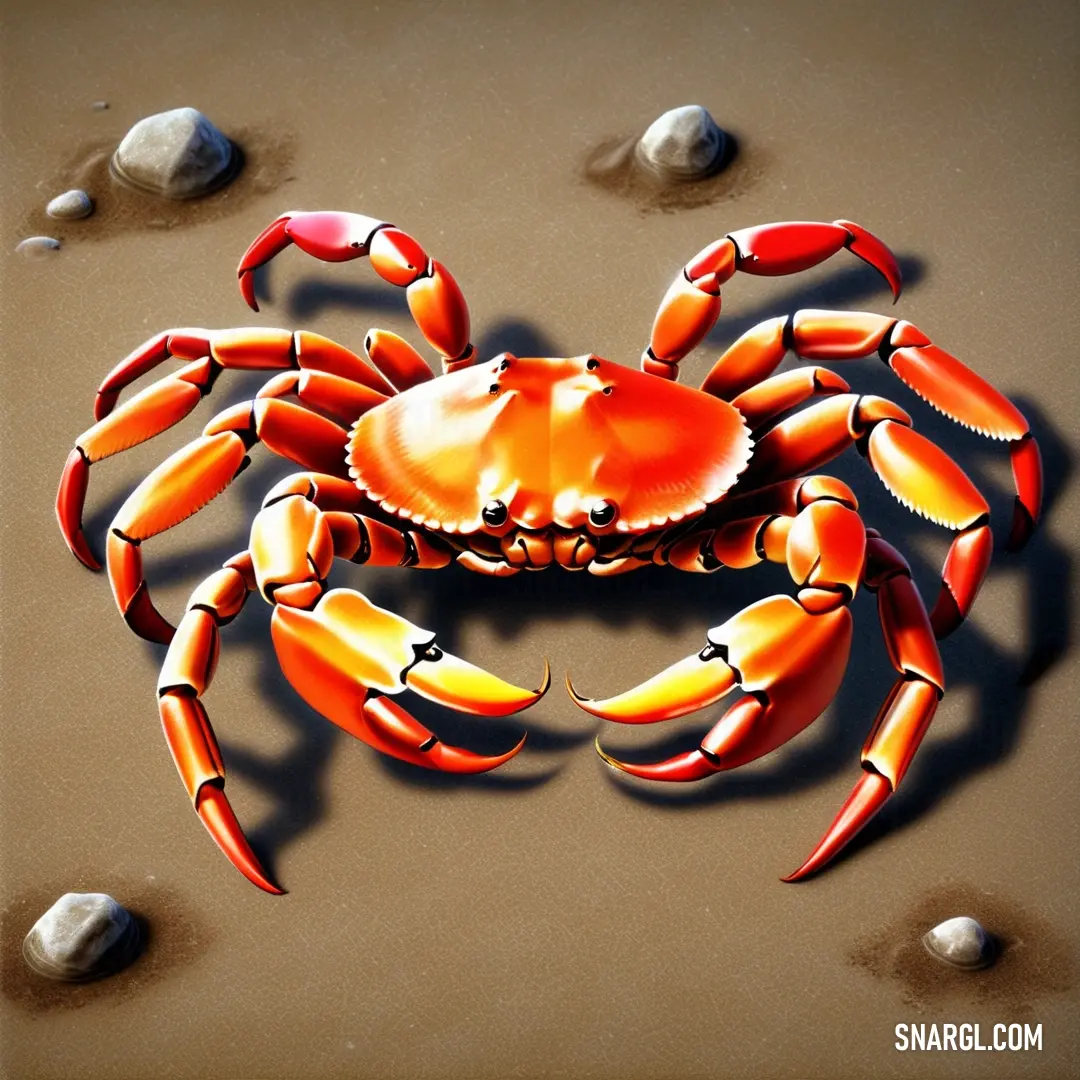
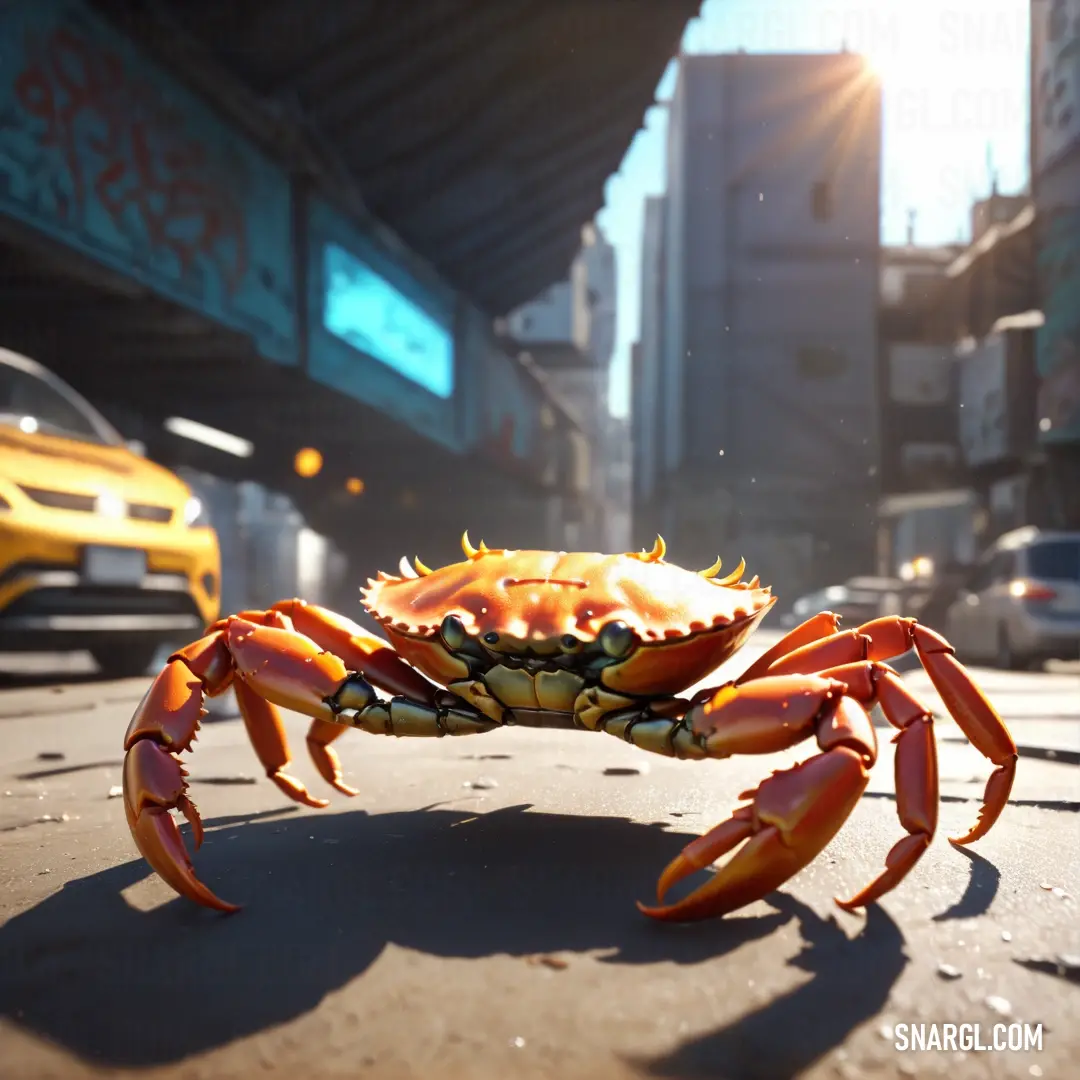
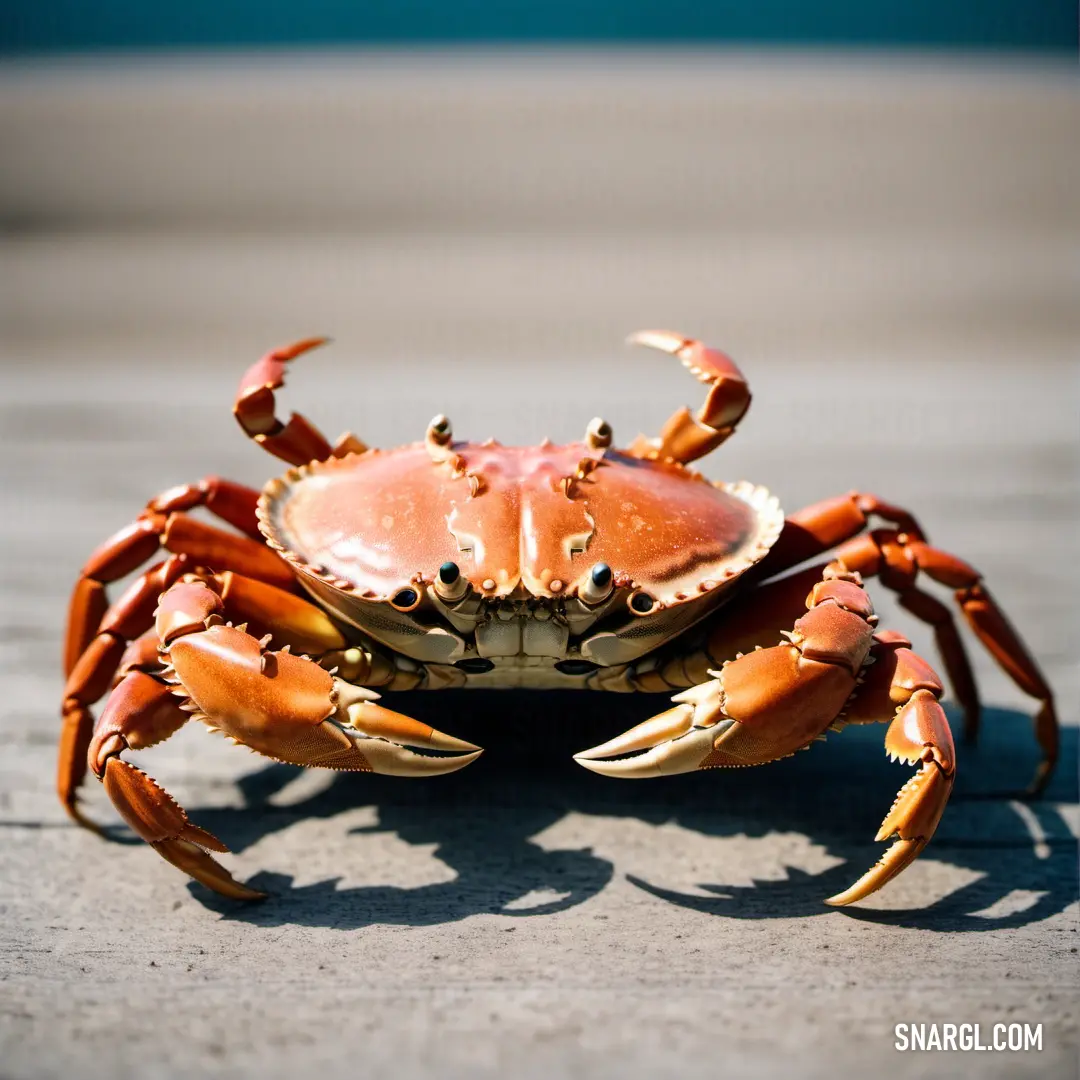
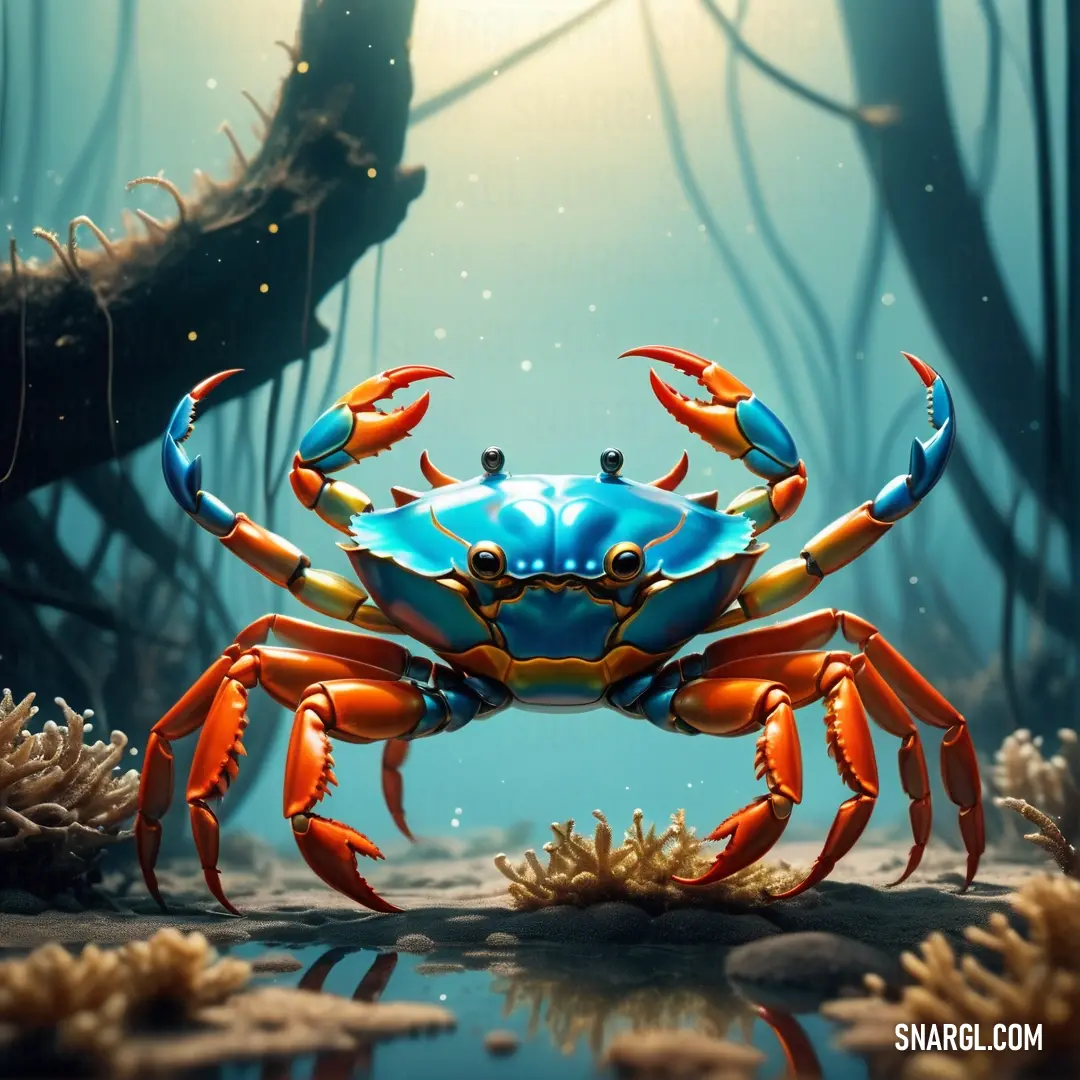
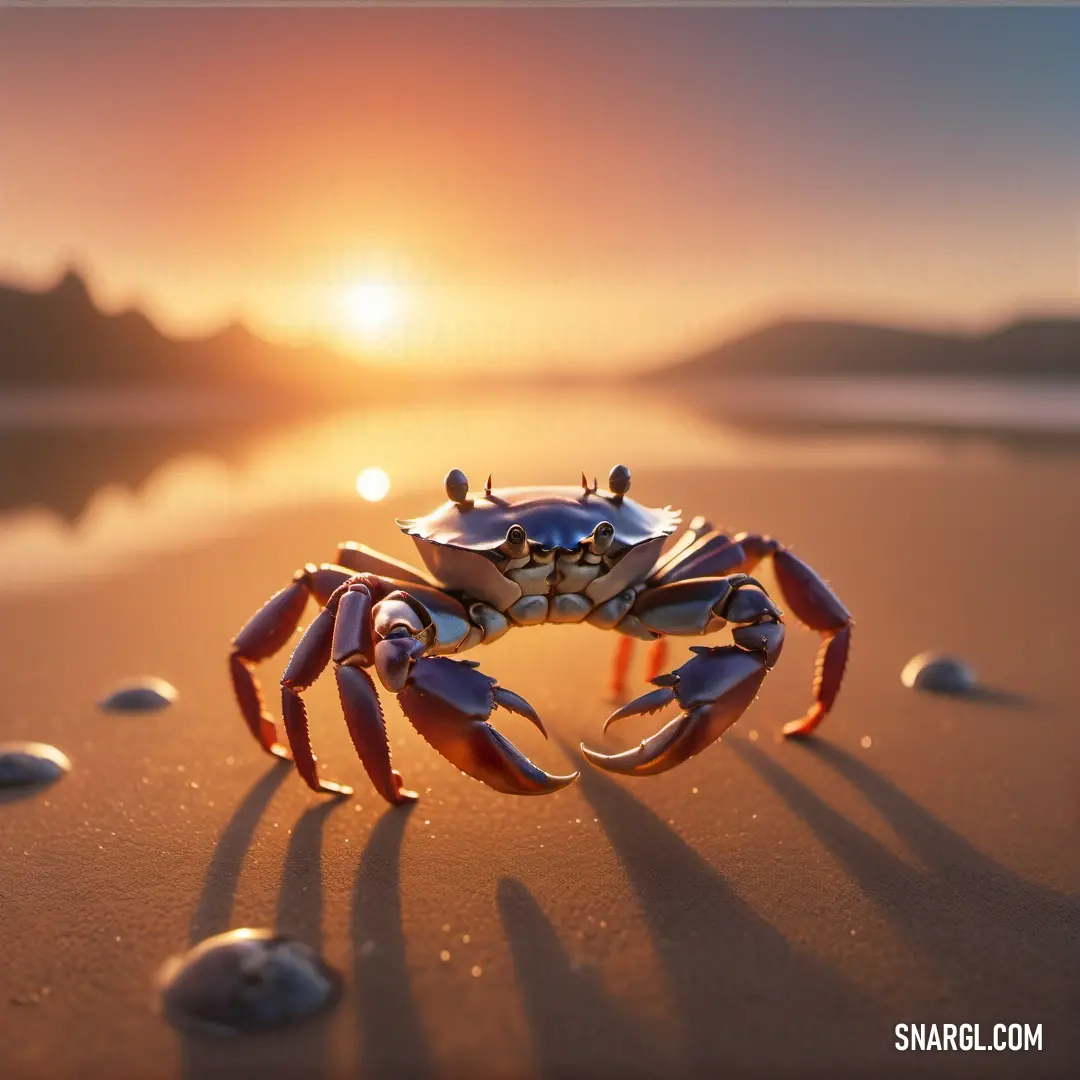
 Dark jungle green
Dark jungle green Wenge
Wenge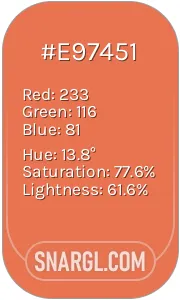 Burnt Sienna
Burnt Sienna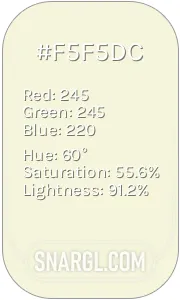 Beige
Beige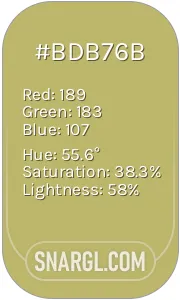 Dark khaki
Dark khaki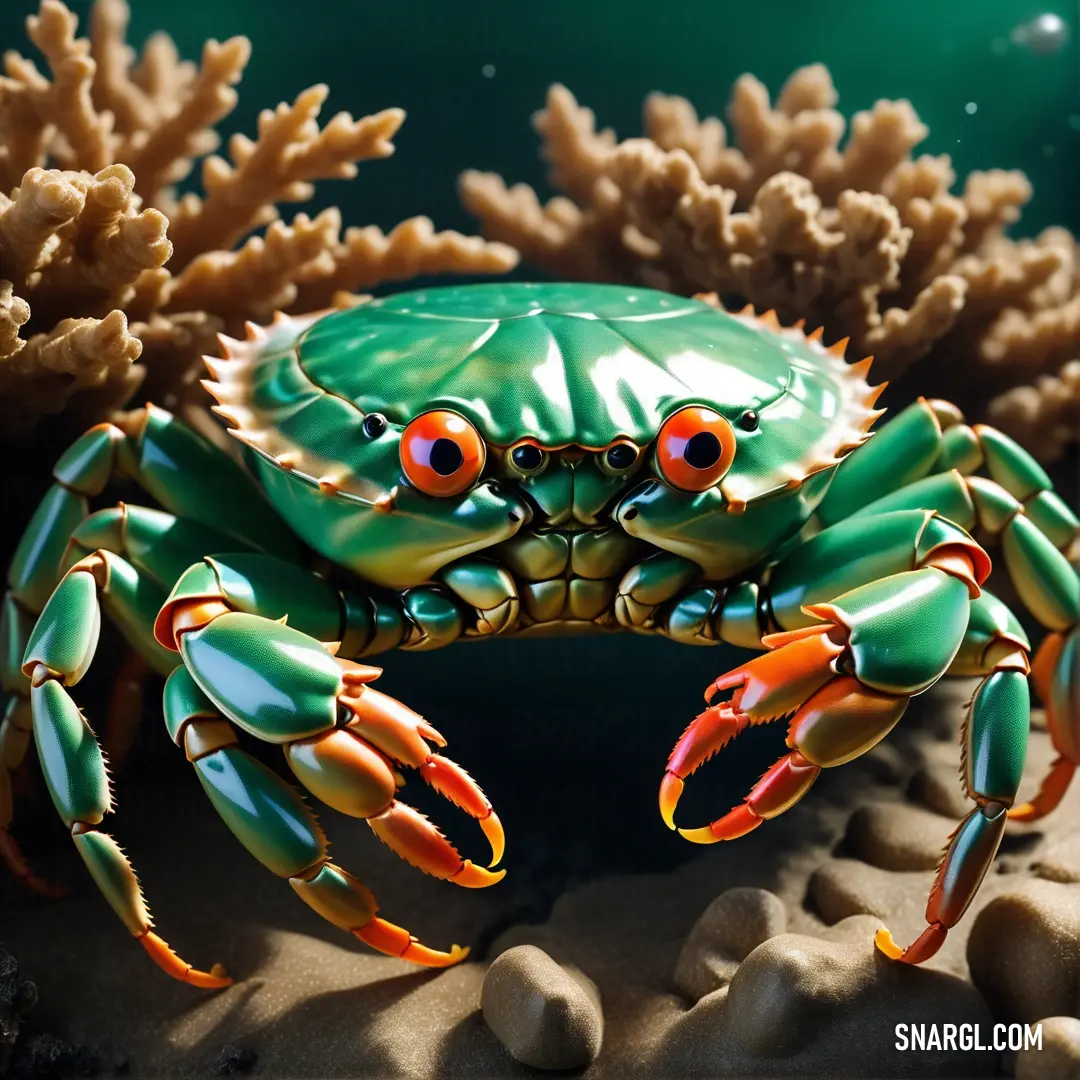
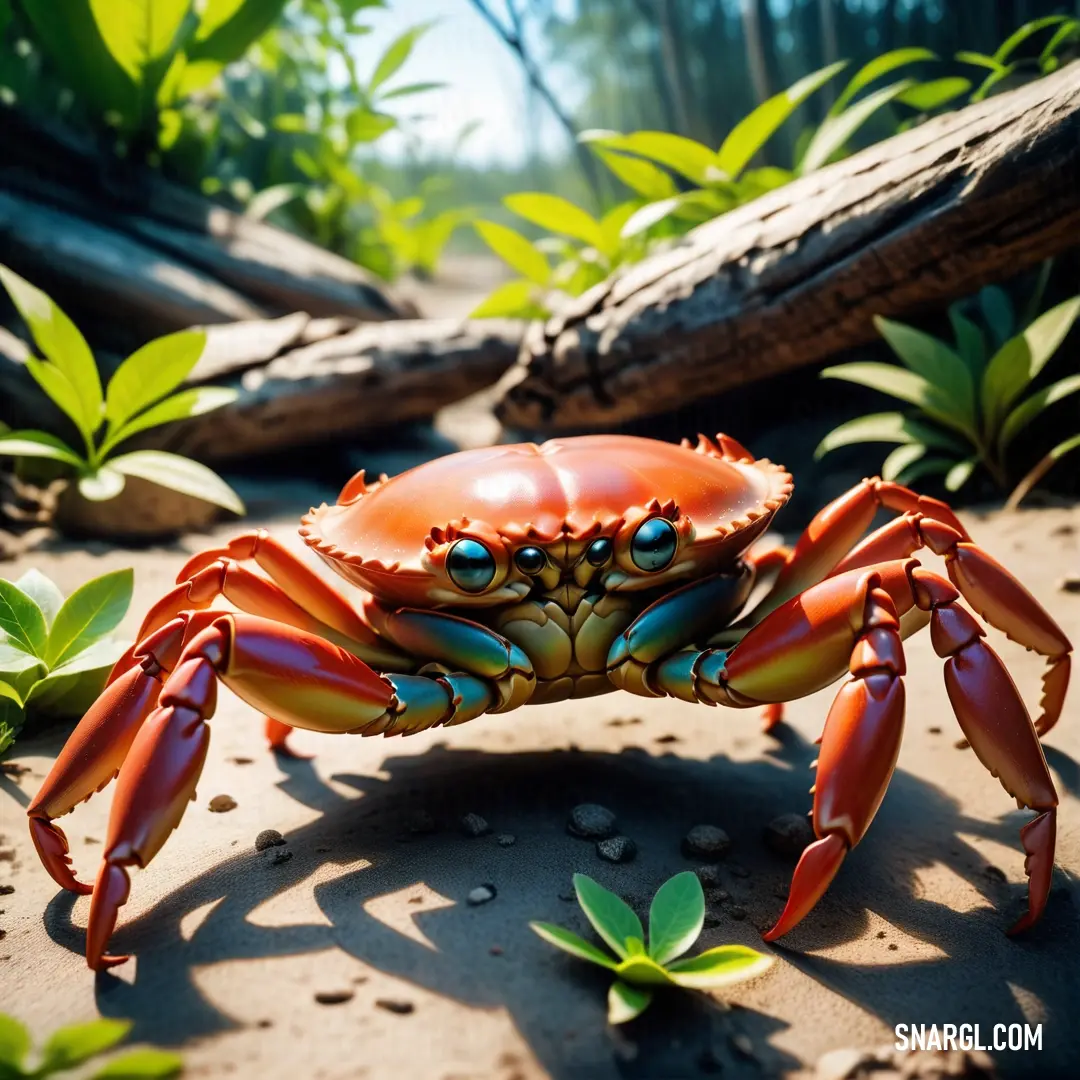
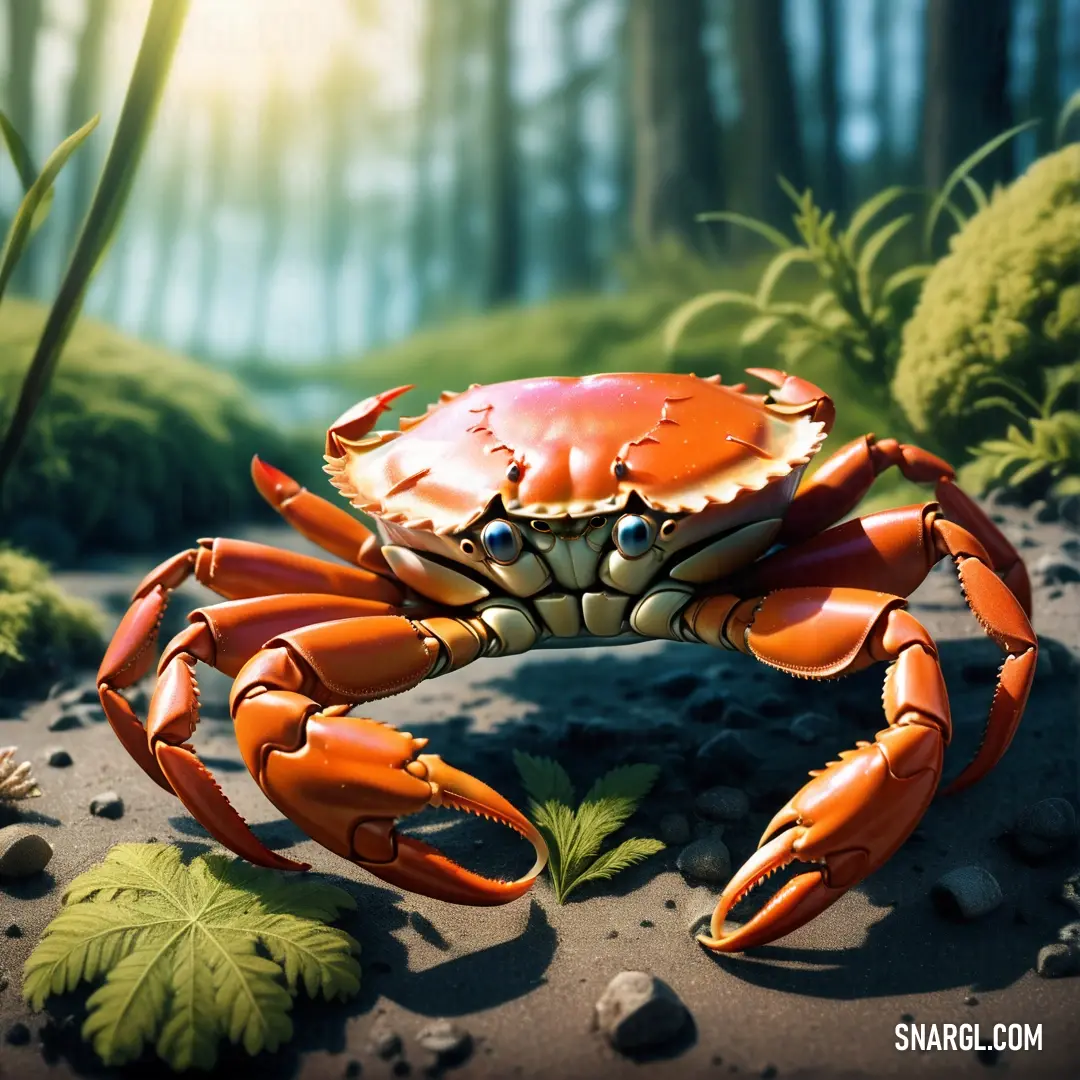
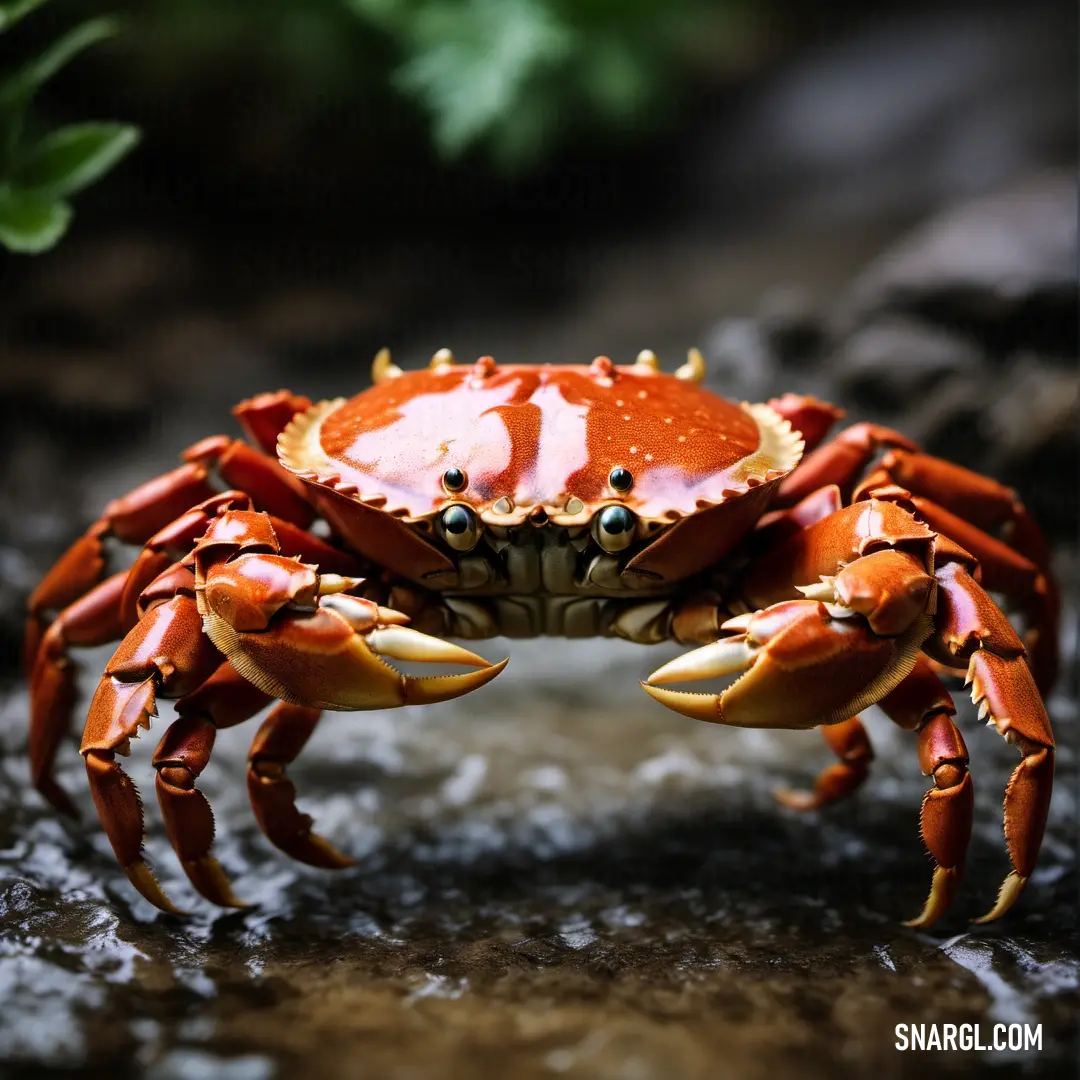
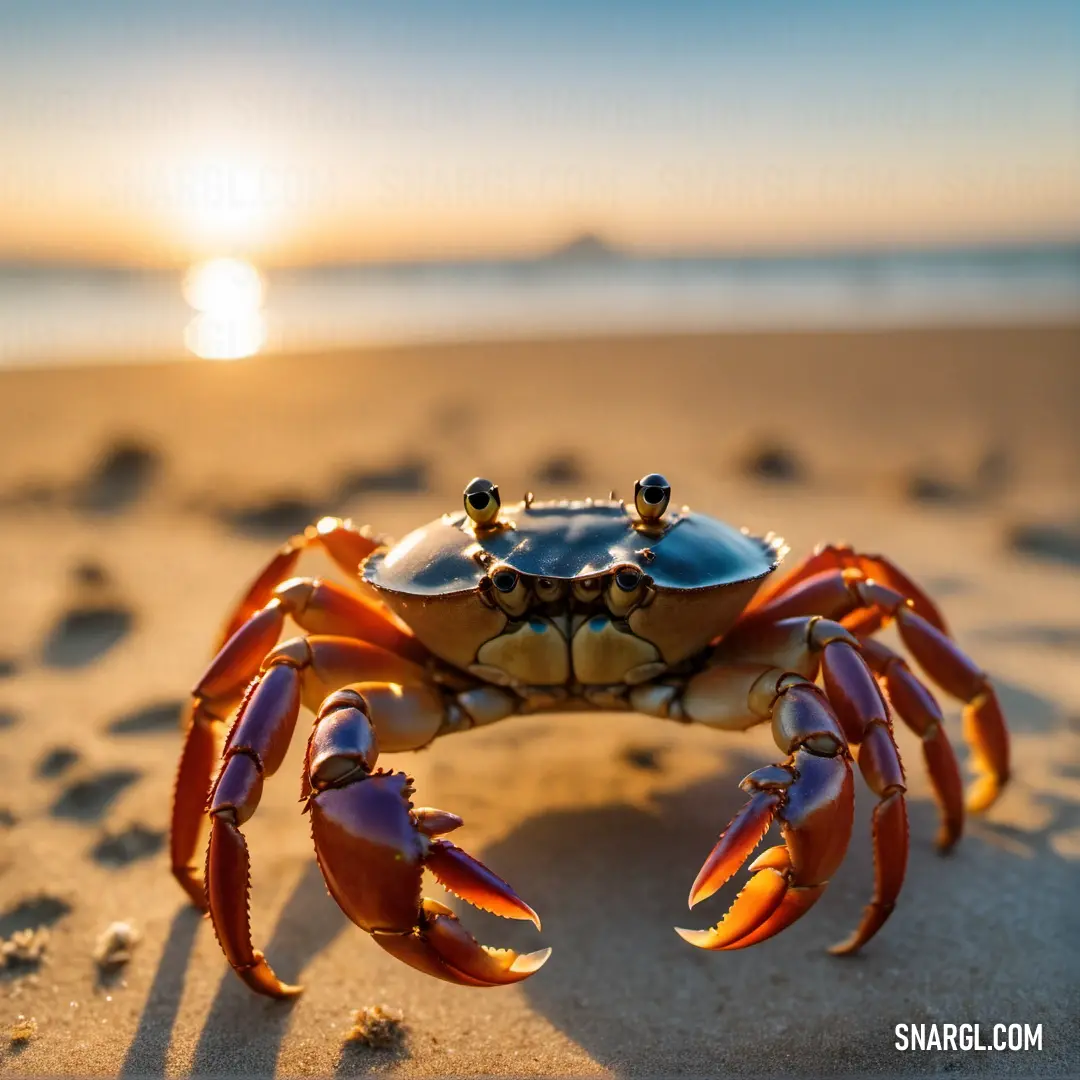
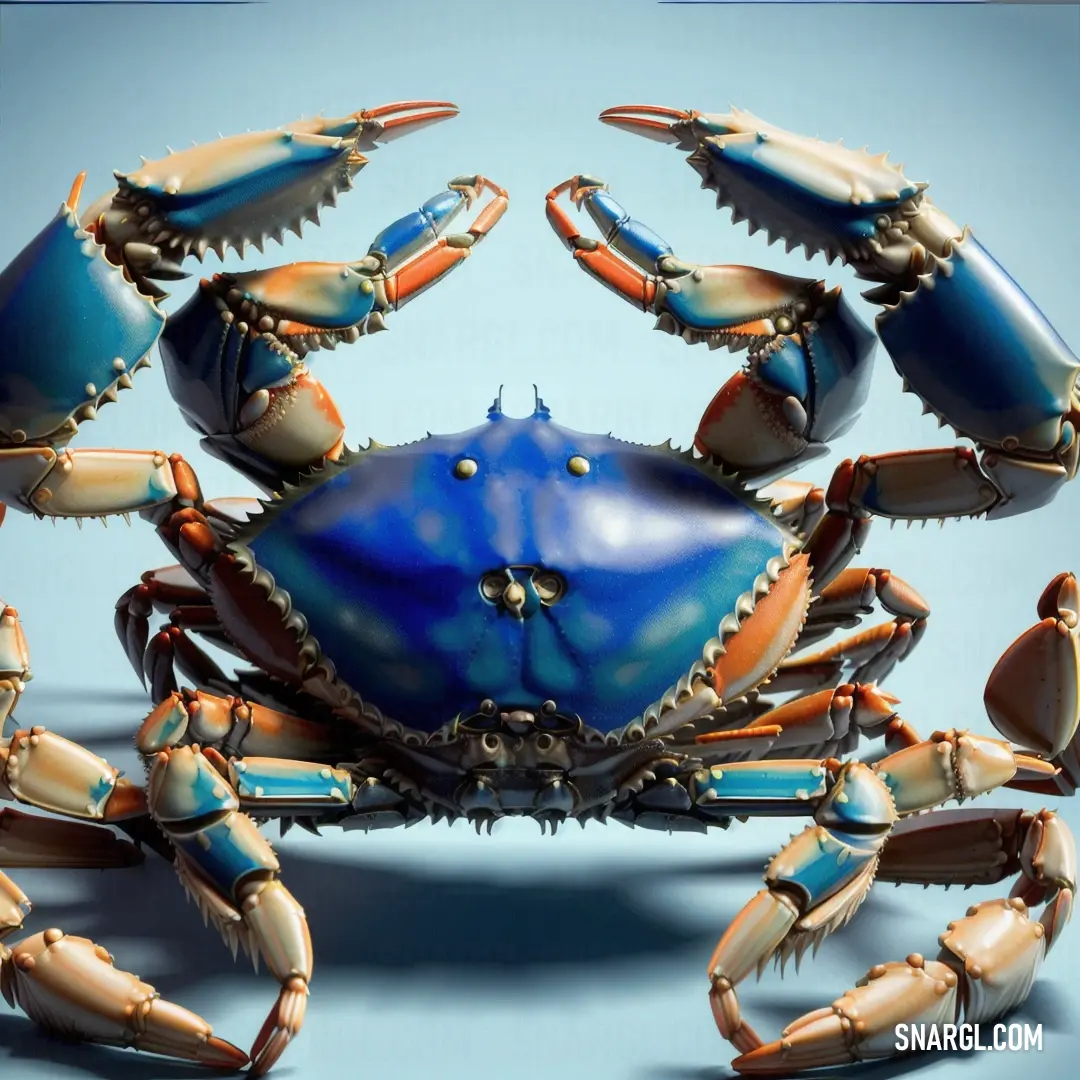

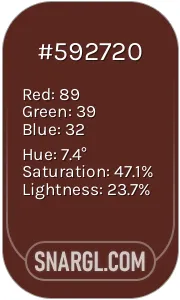 Caput mortuum
Caput mortuum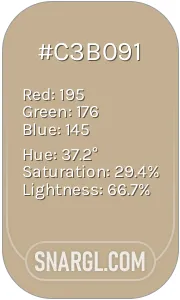 Khaki
Khaki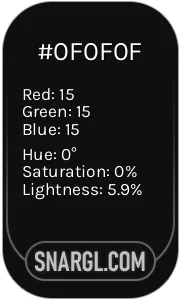 Onyx
Onyx Light slate gray
Light slate gray Pastel brown
Pastel brown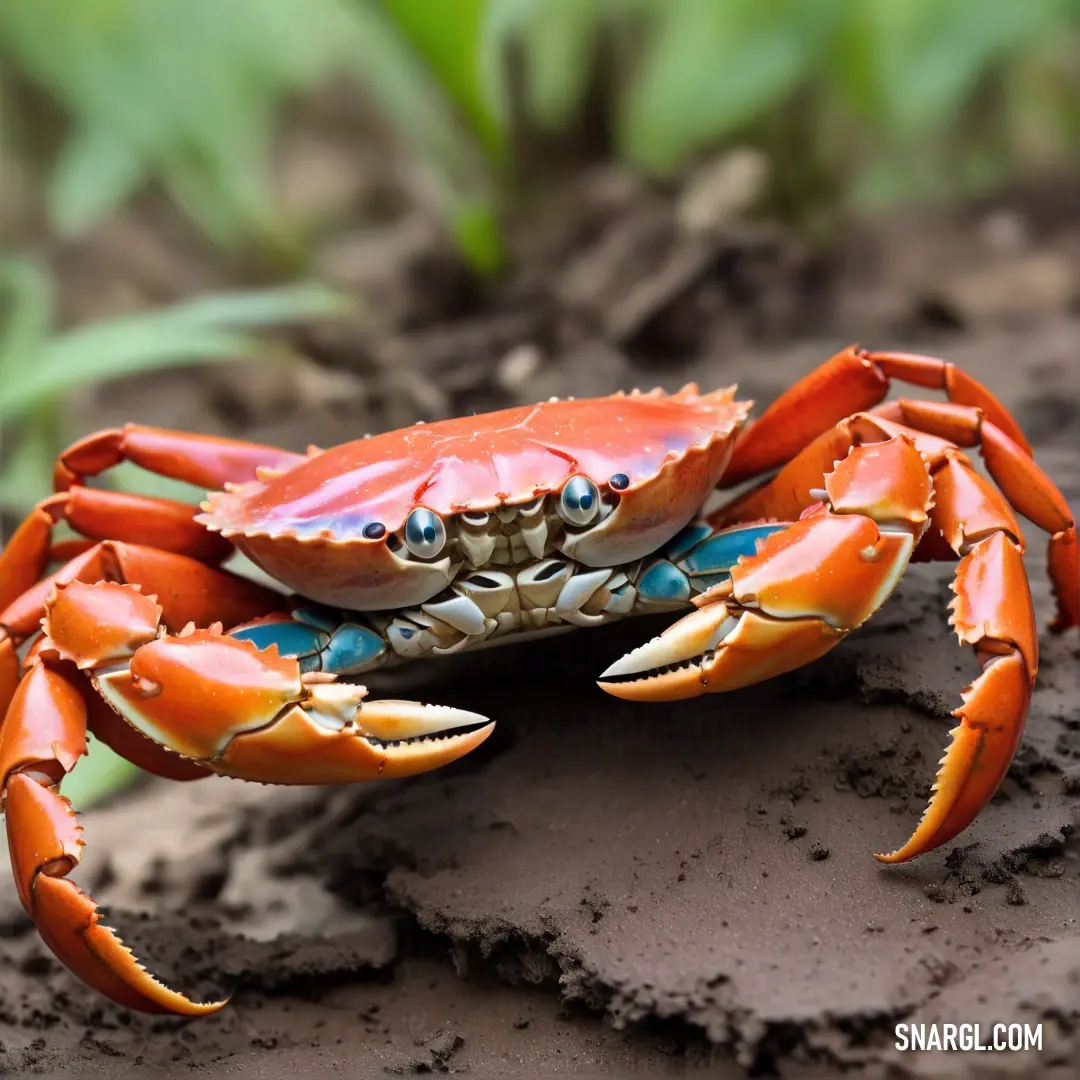
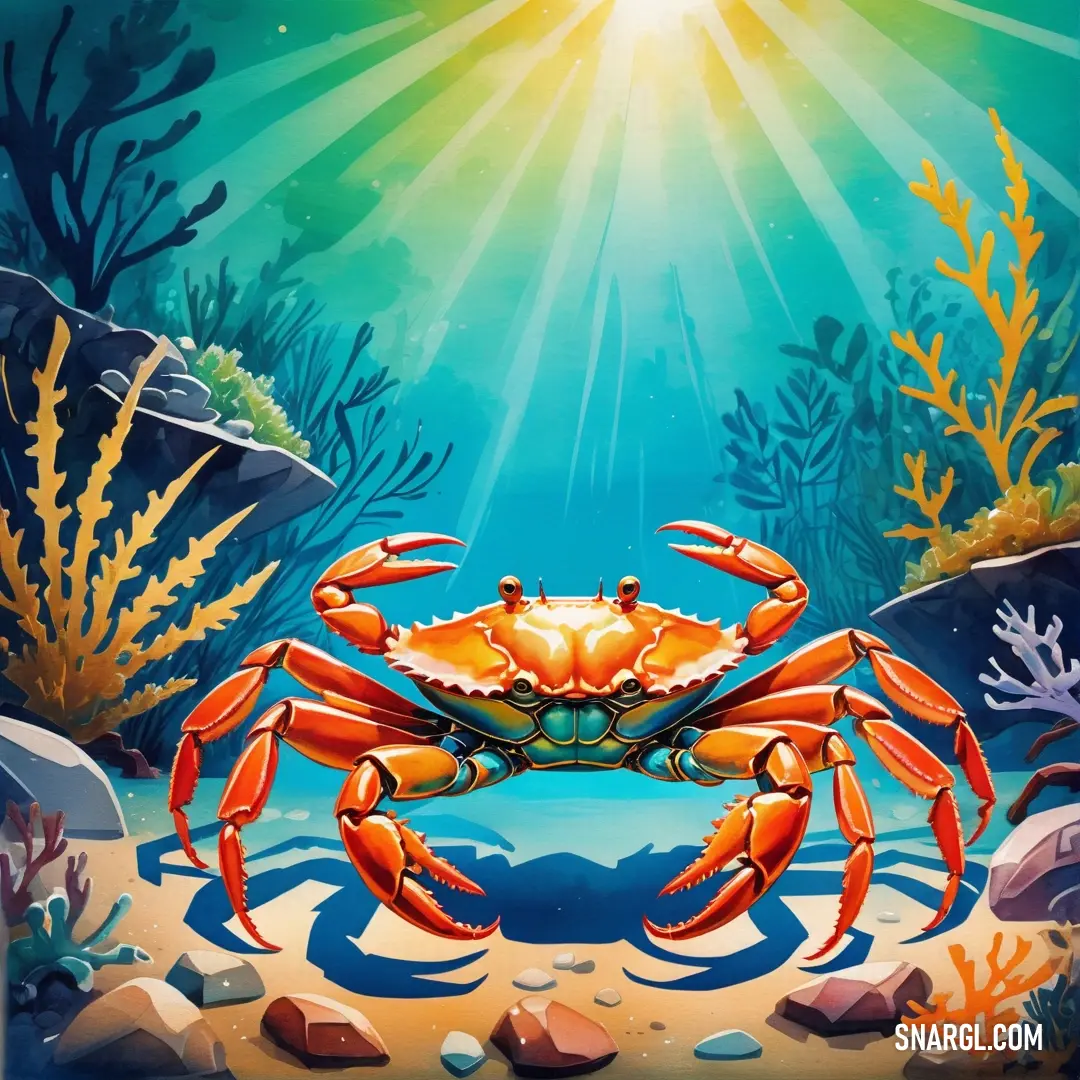
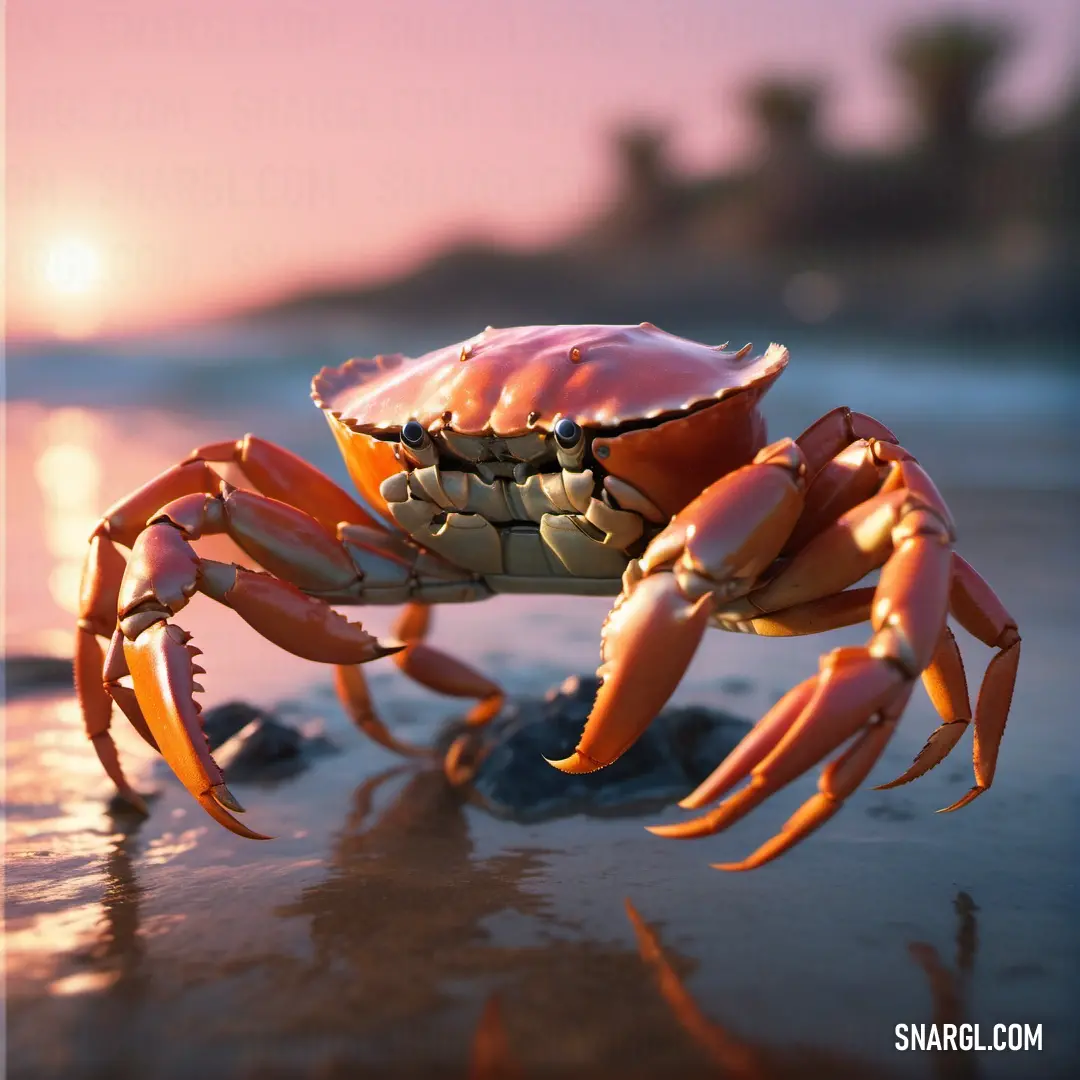
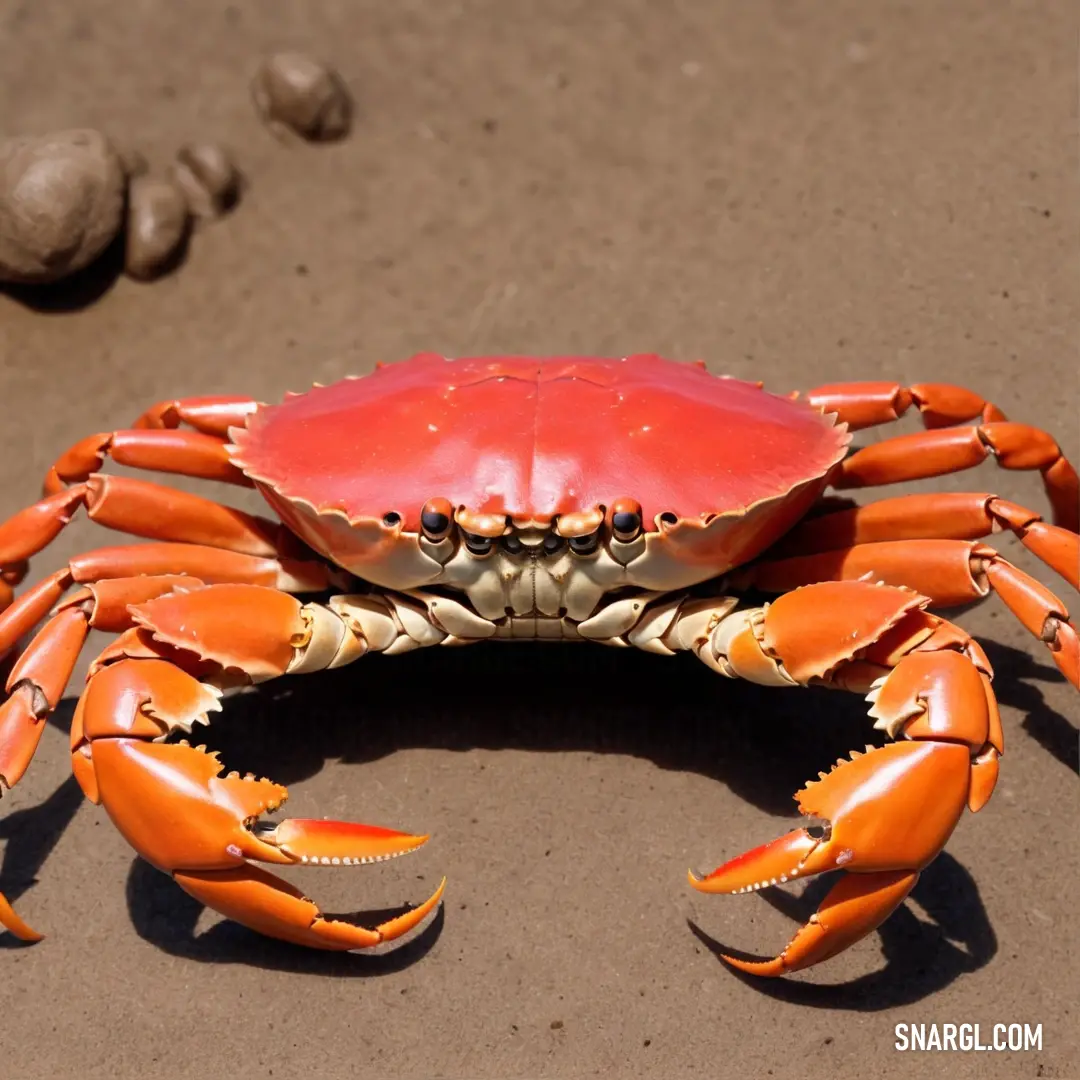
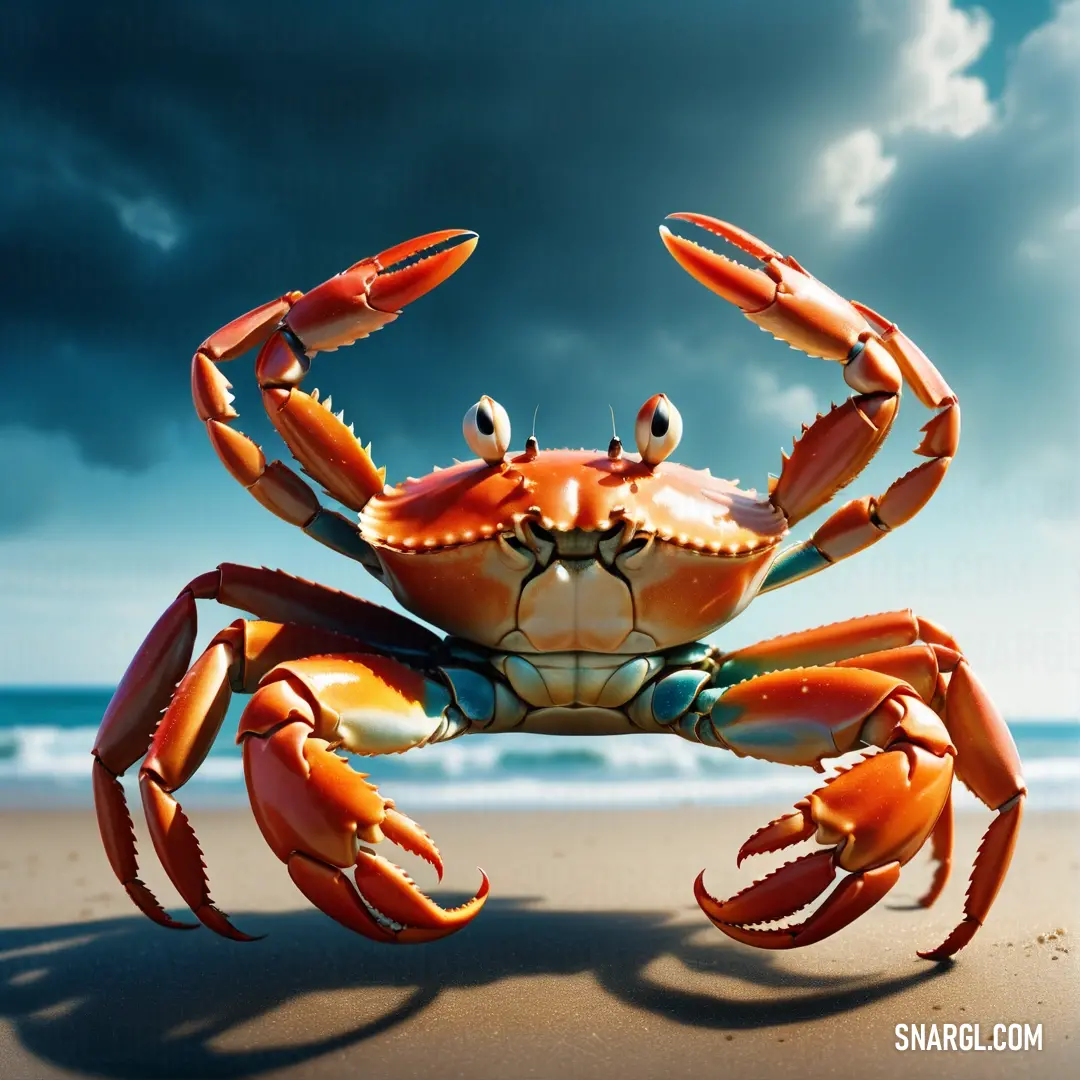
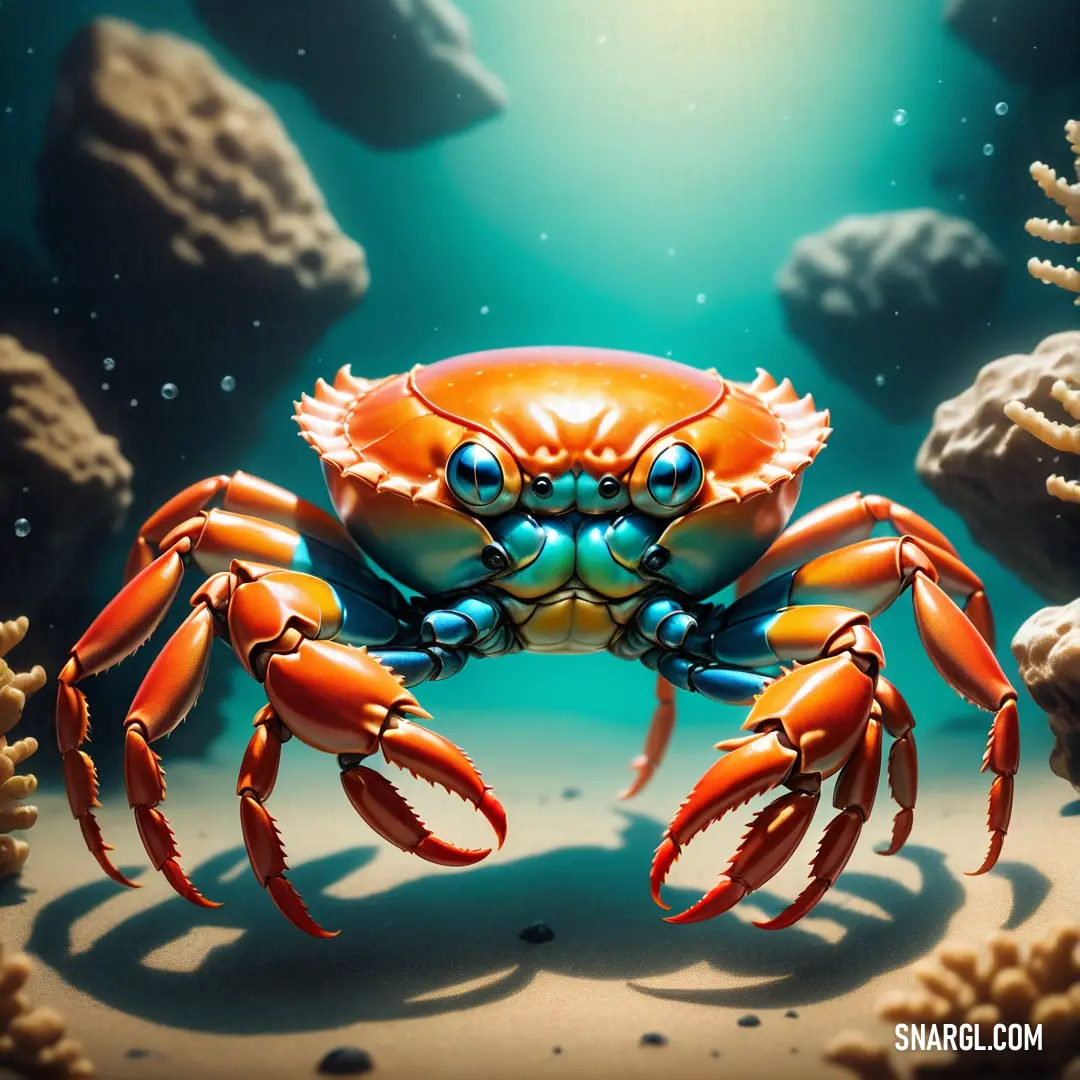
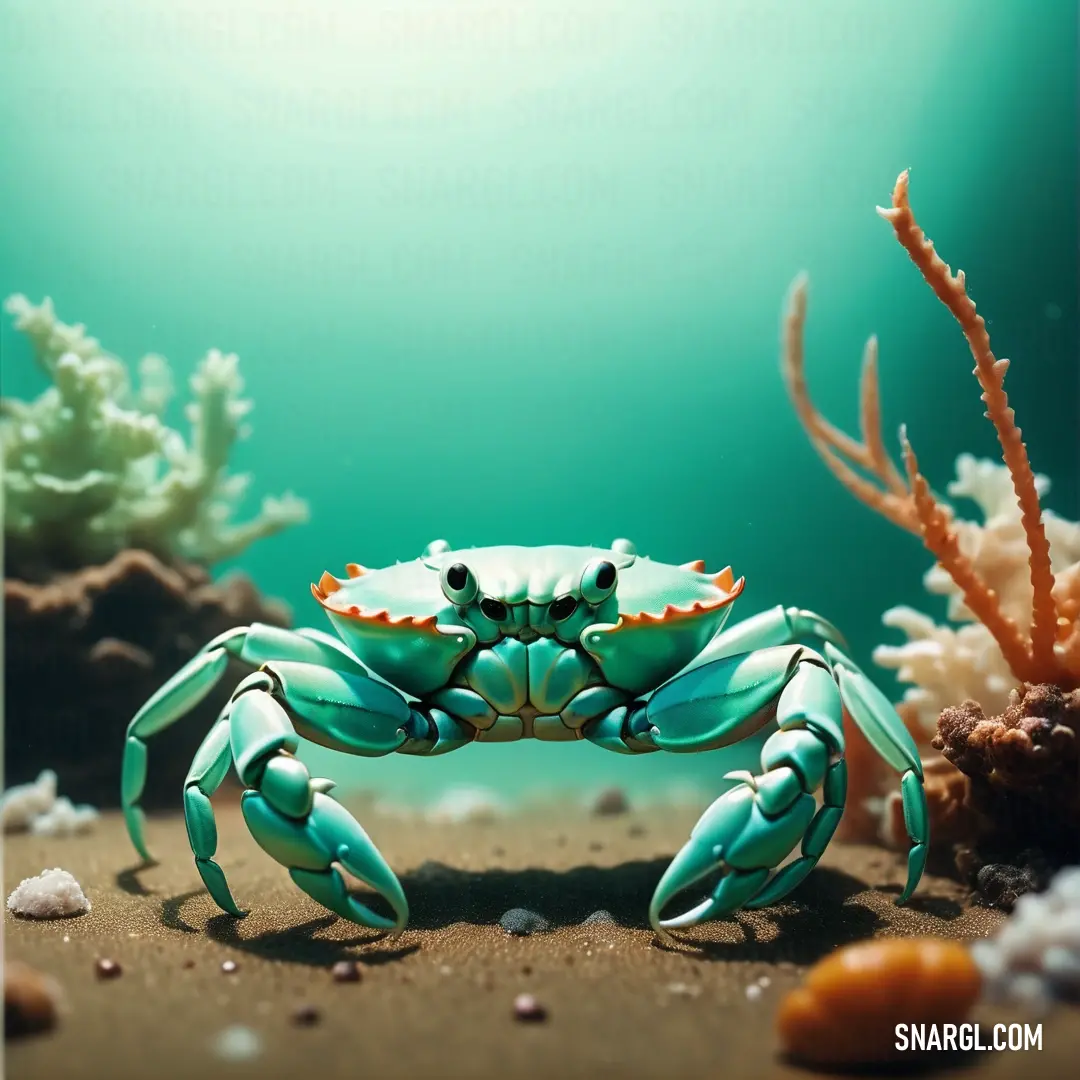
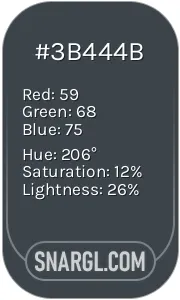 Arsenic
Arsenic Pale pink
Pale pink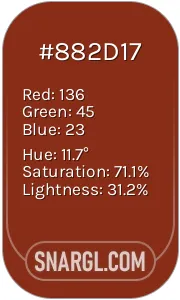 Sienna
Sienna Beaver
Beaver Tangerine
Tangerine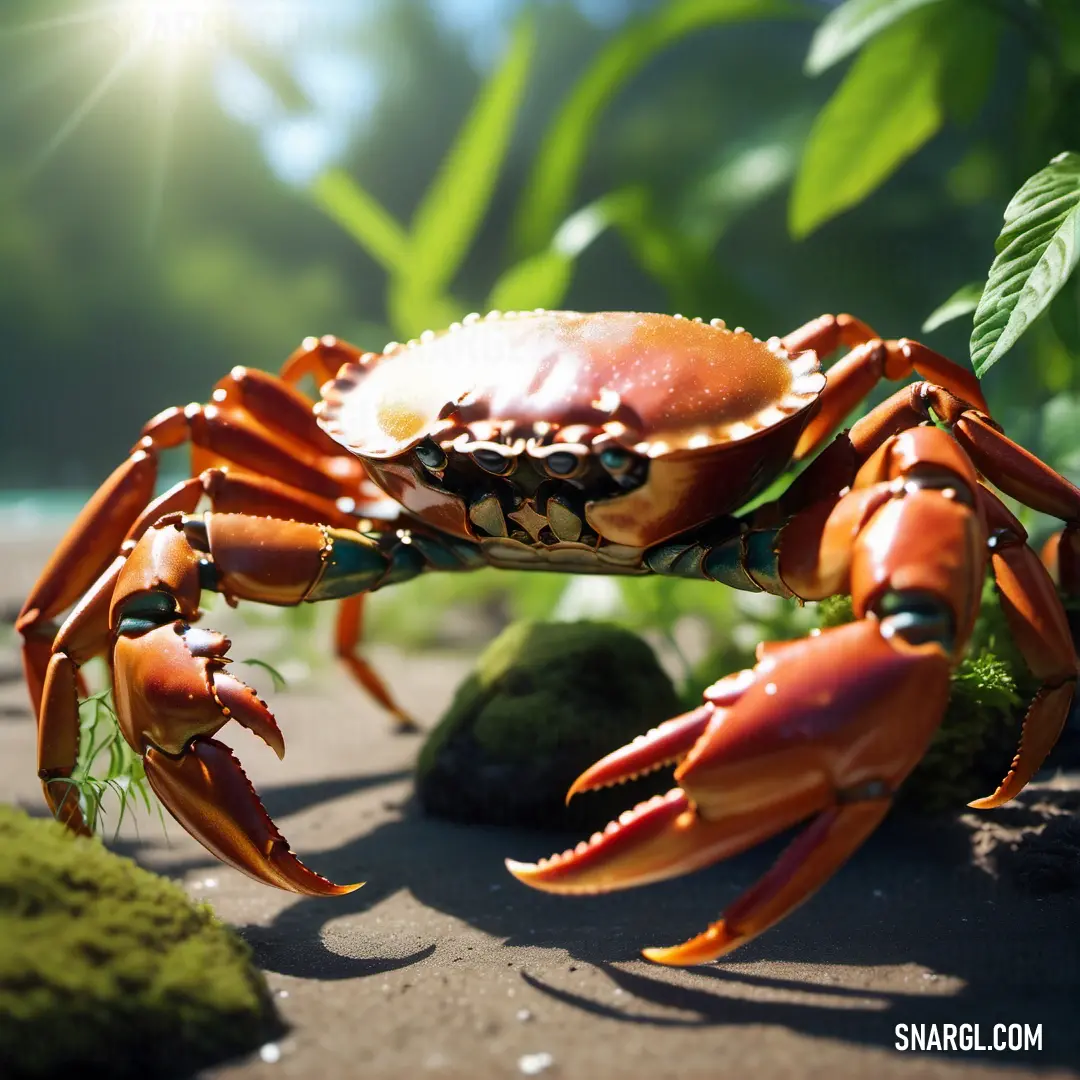
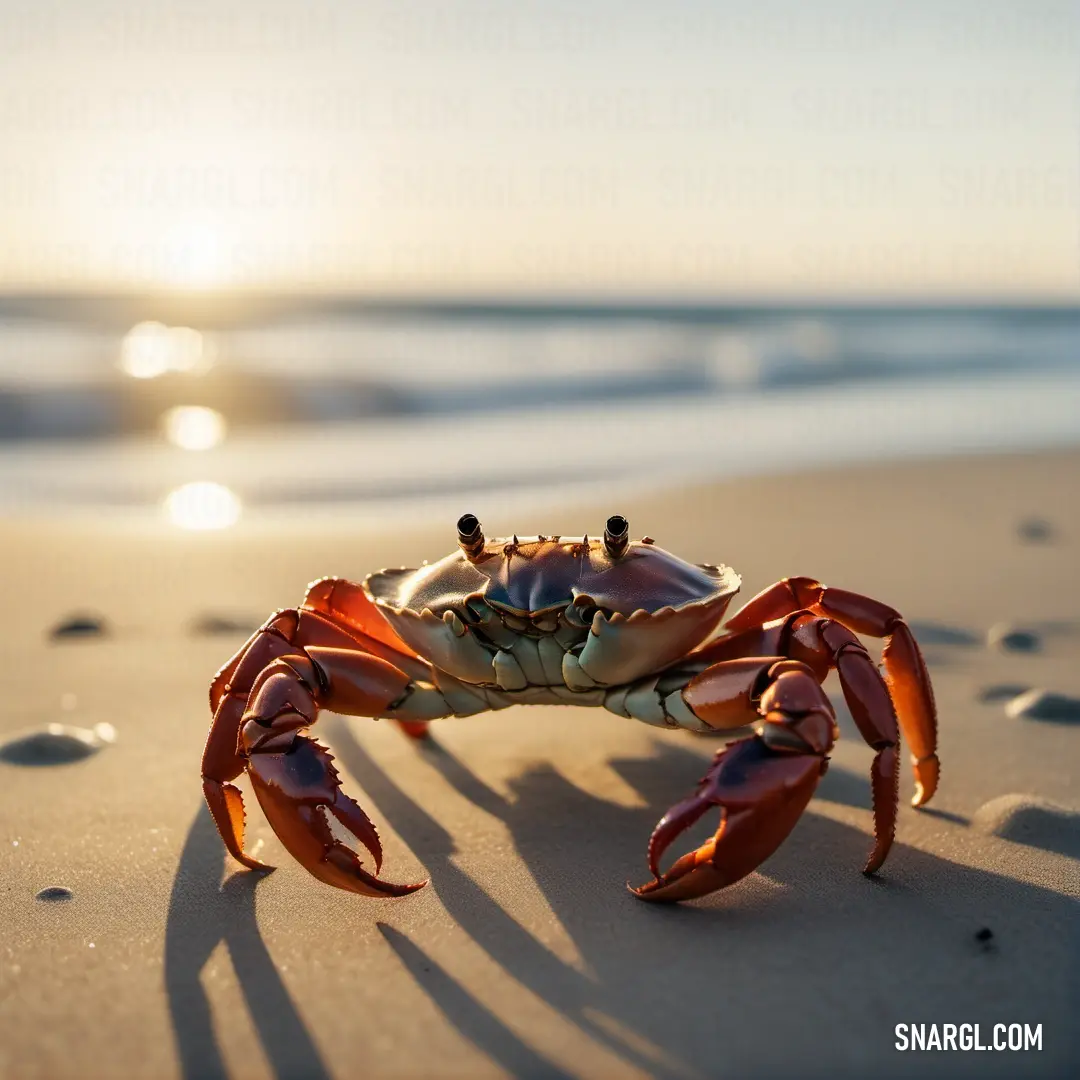
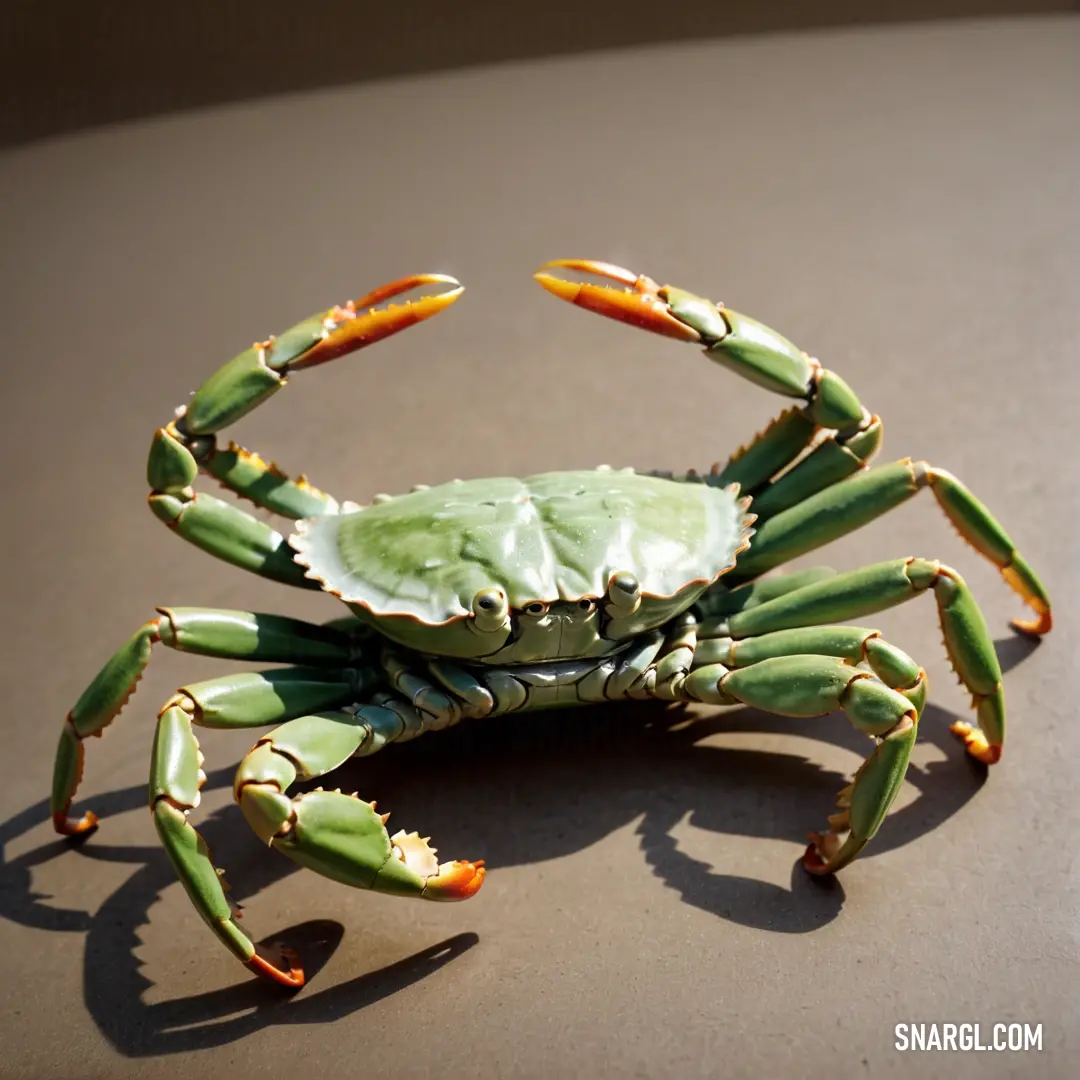
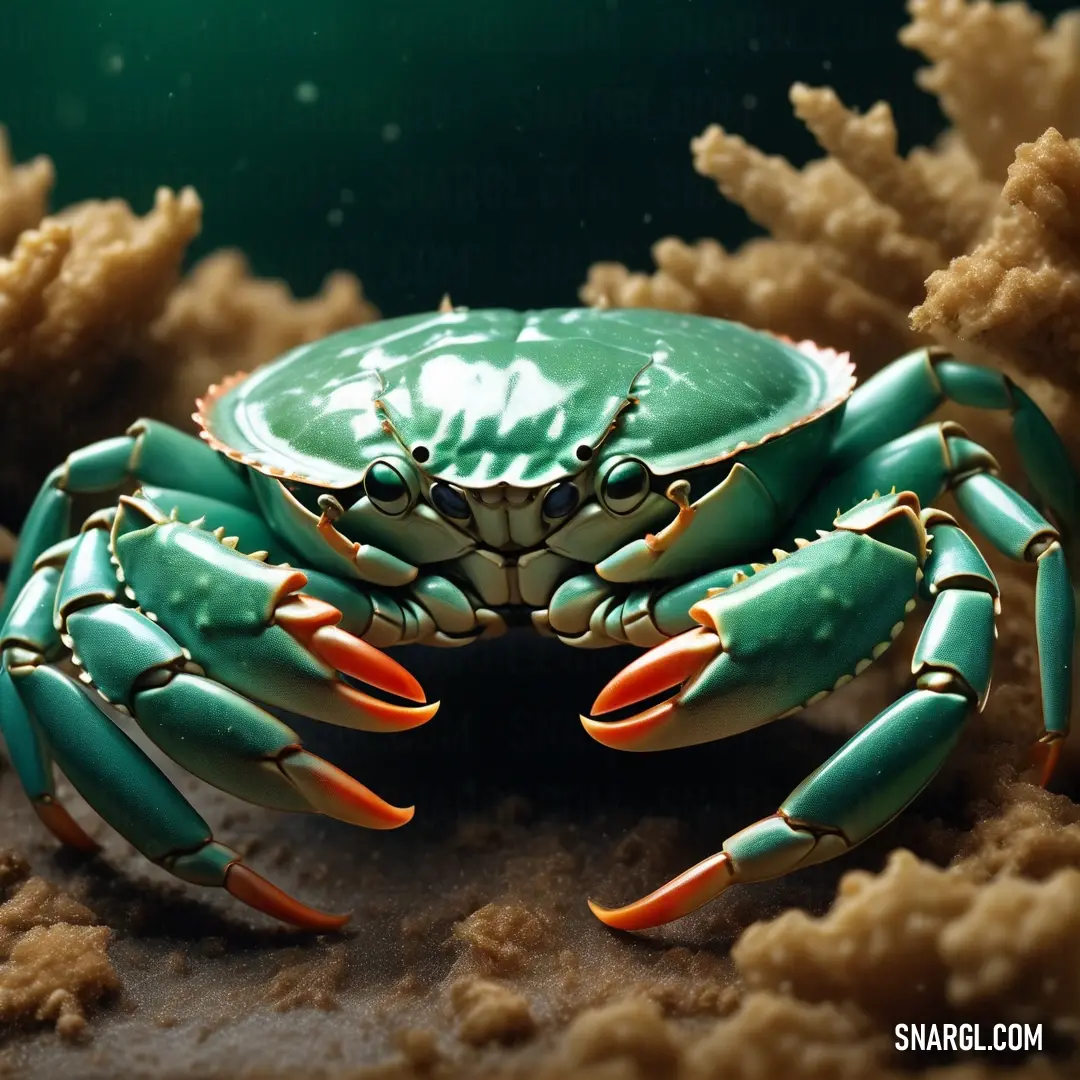
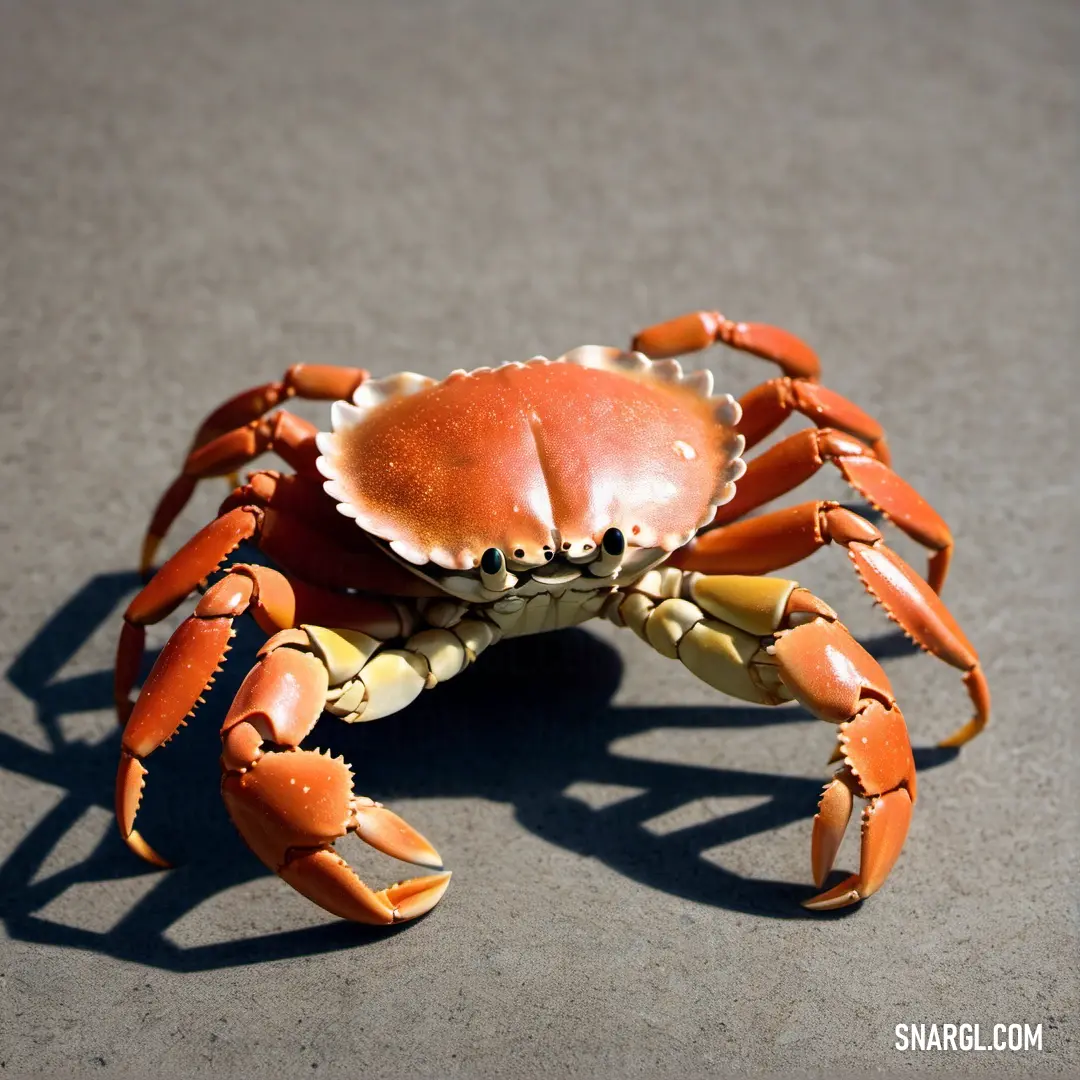
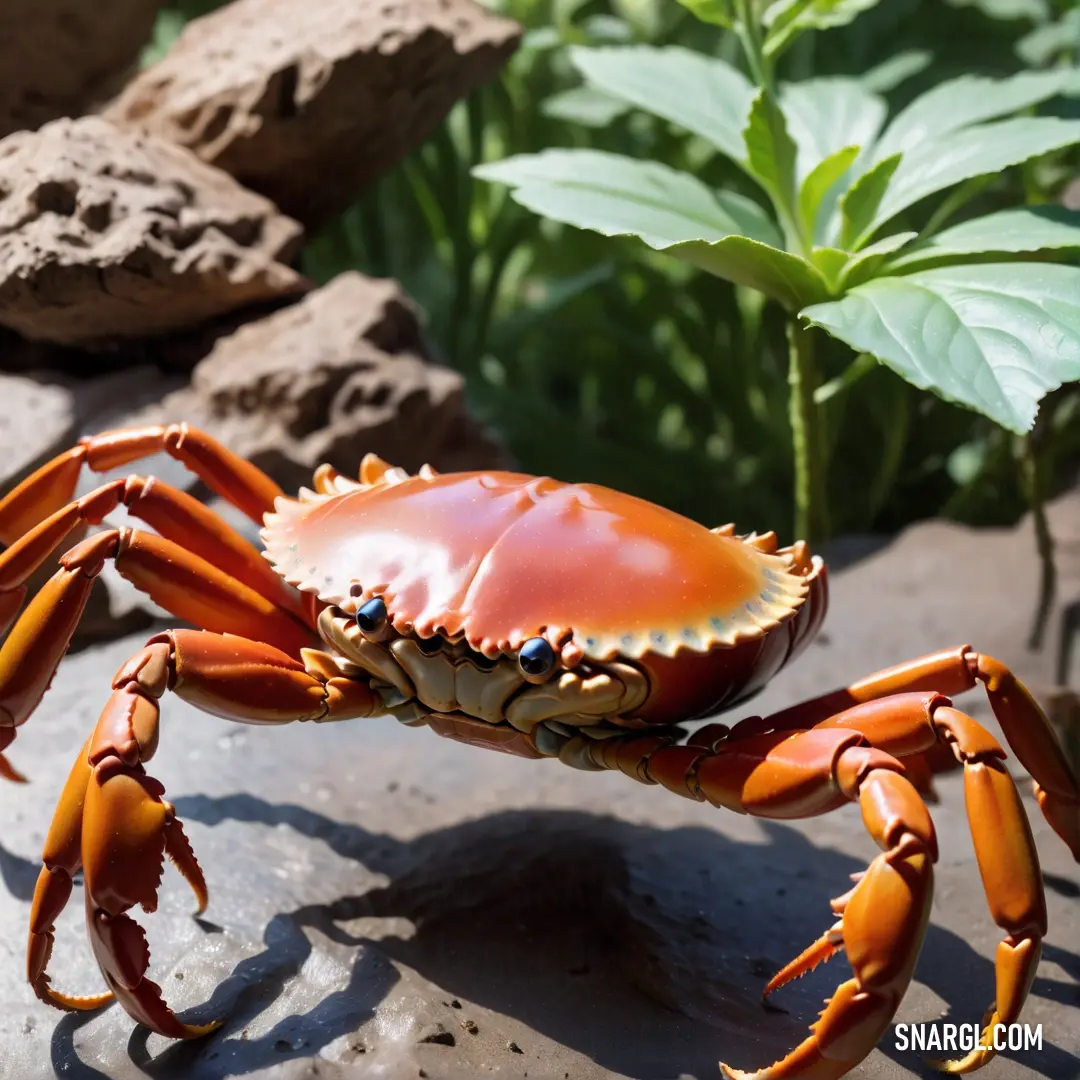
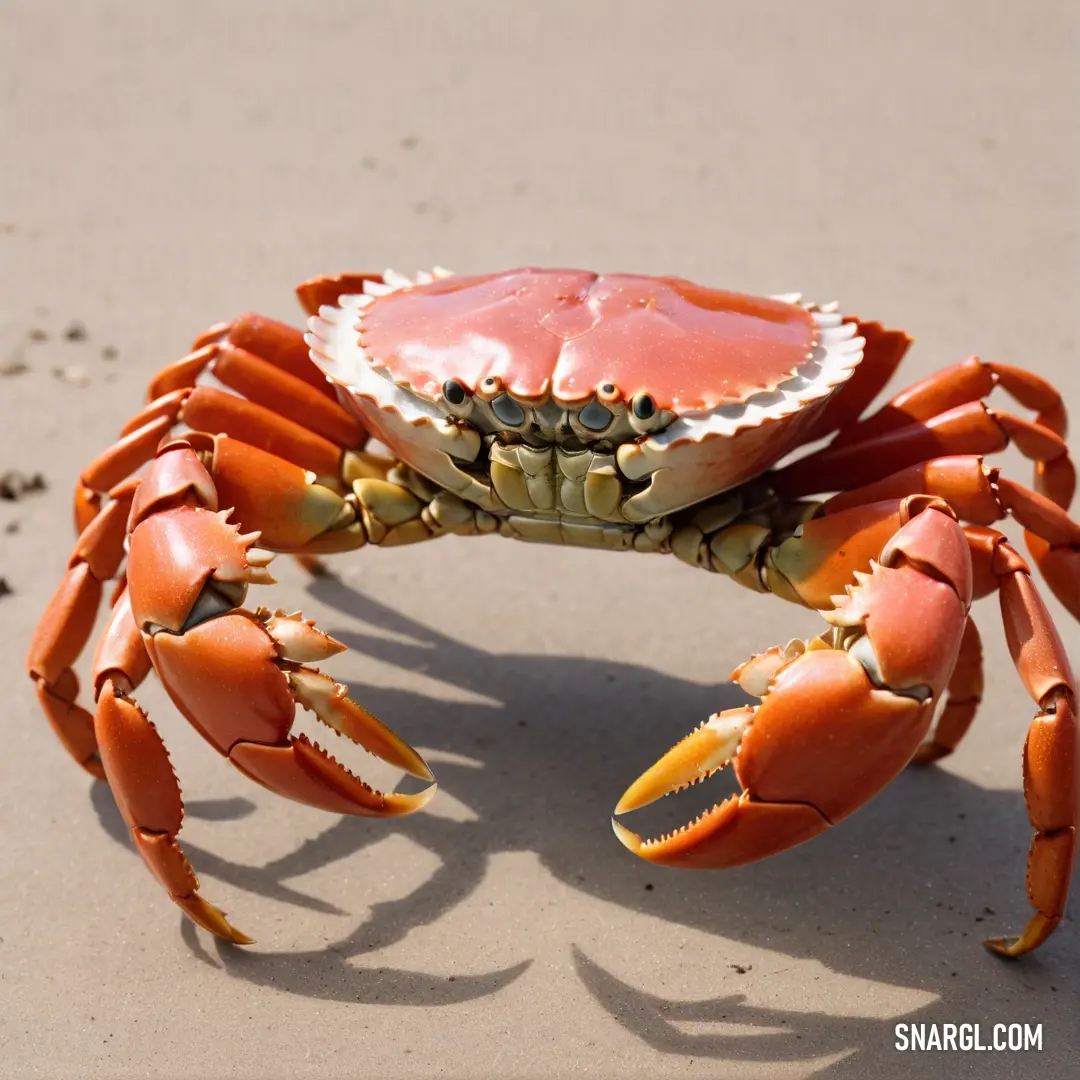
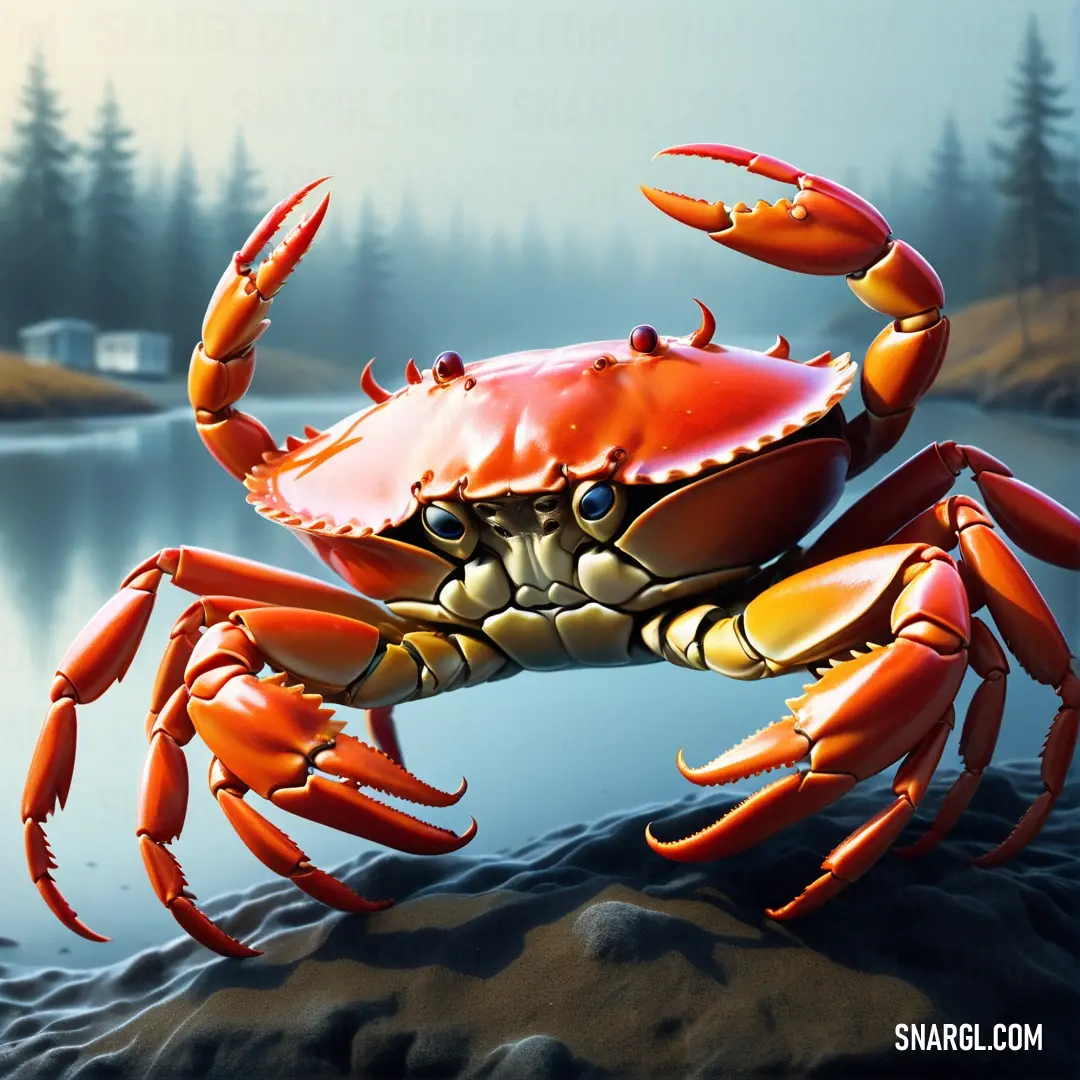
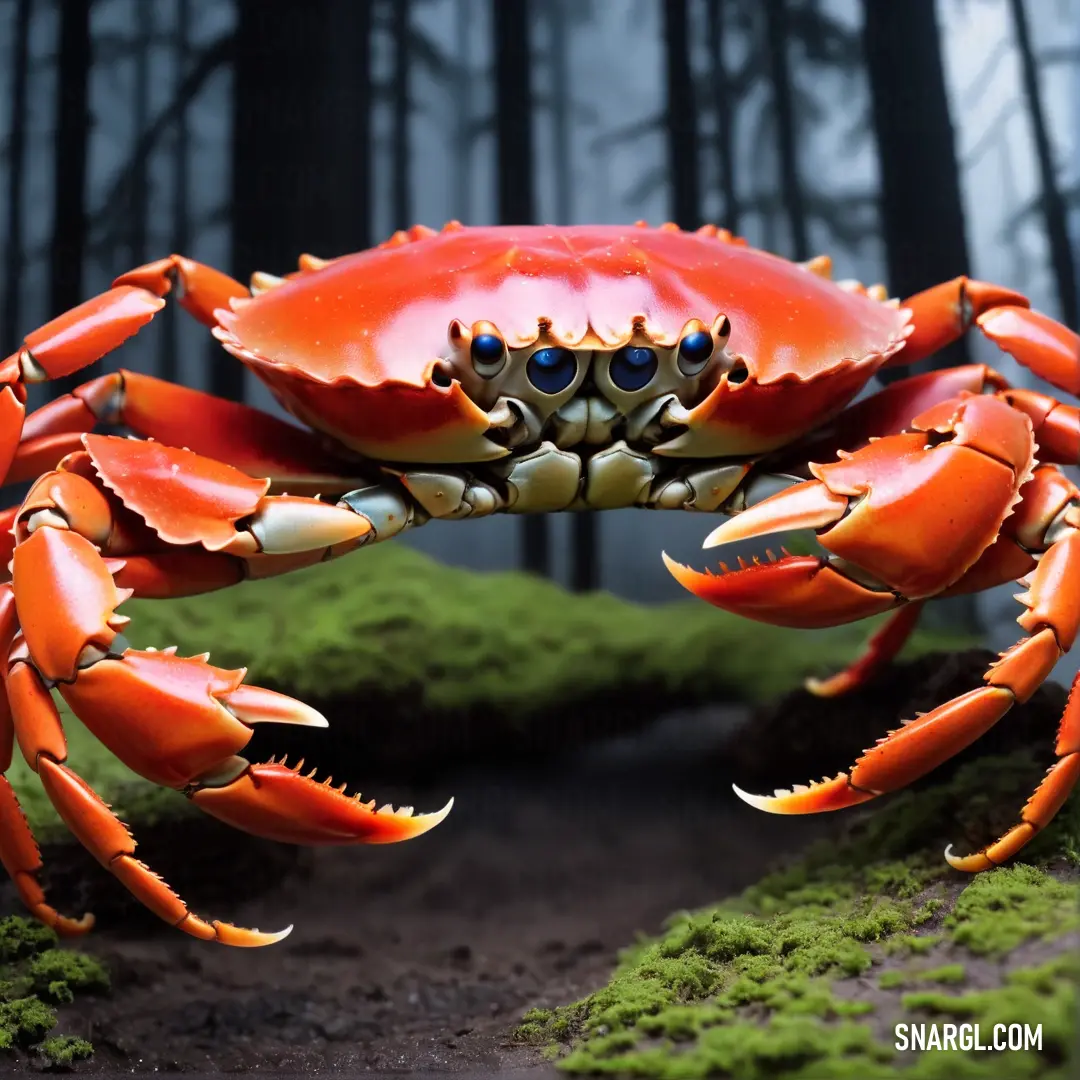
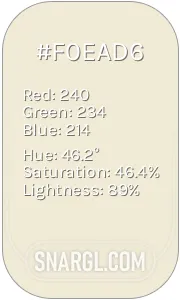 Eggshell
Eggshell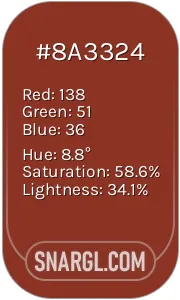 Burnt umber
Burnt umber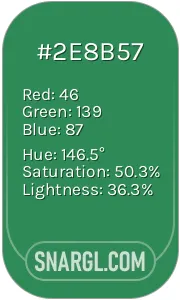 Sea Green
Sea Green Black
Black Cadet grey
Cadet grey







